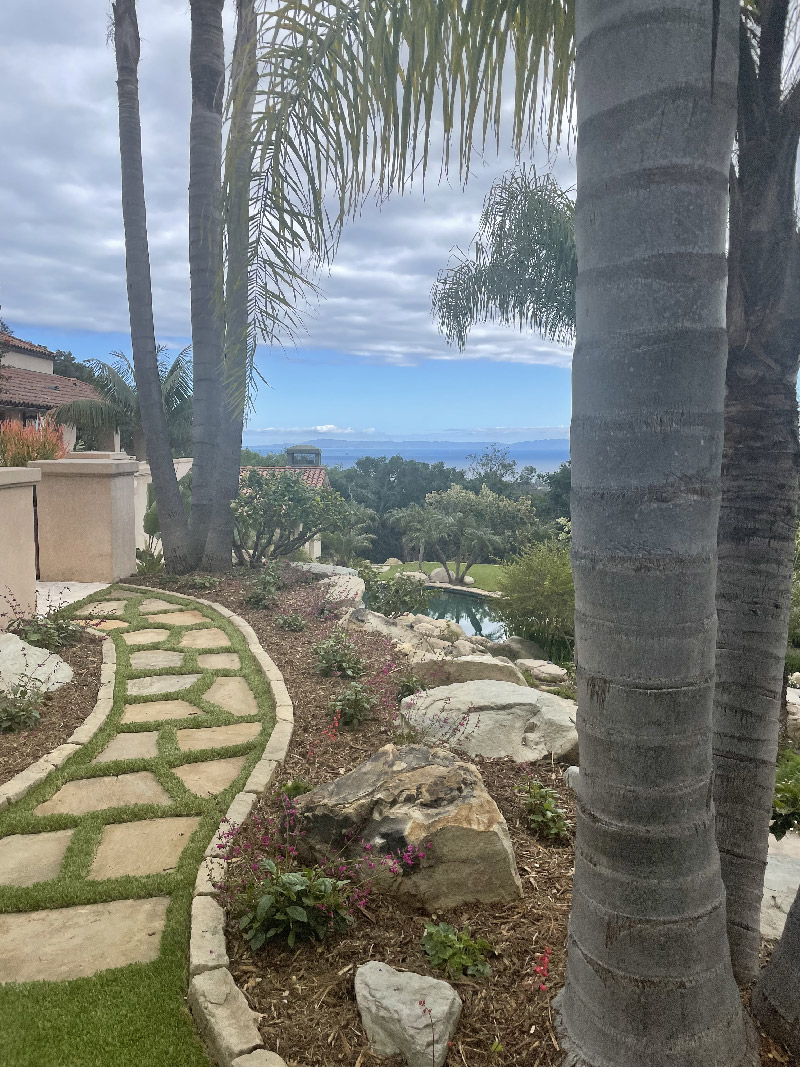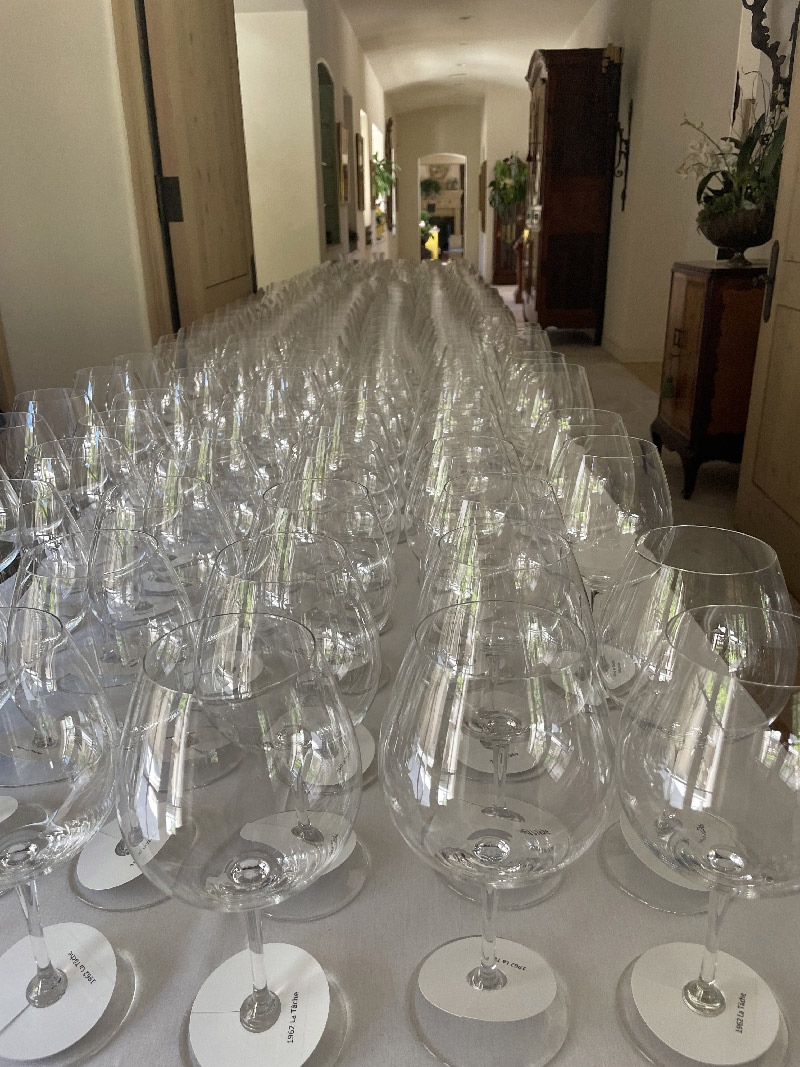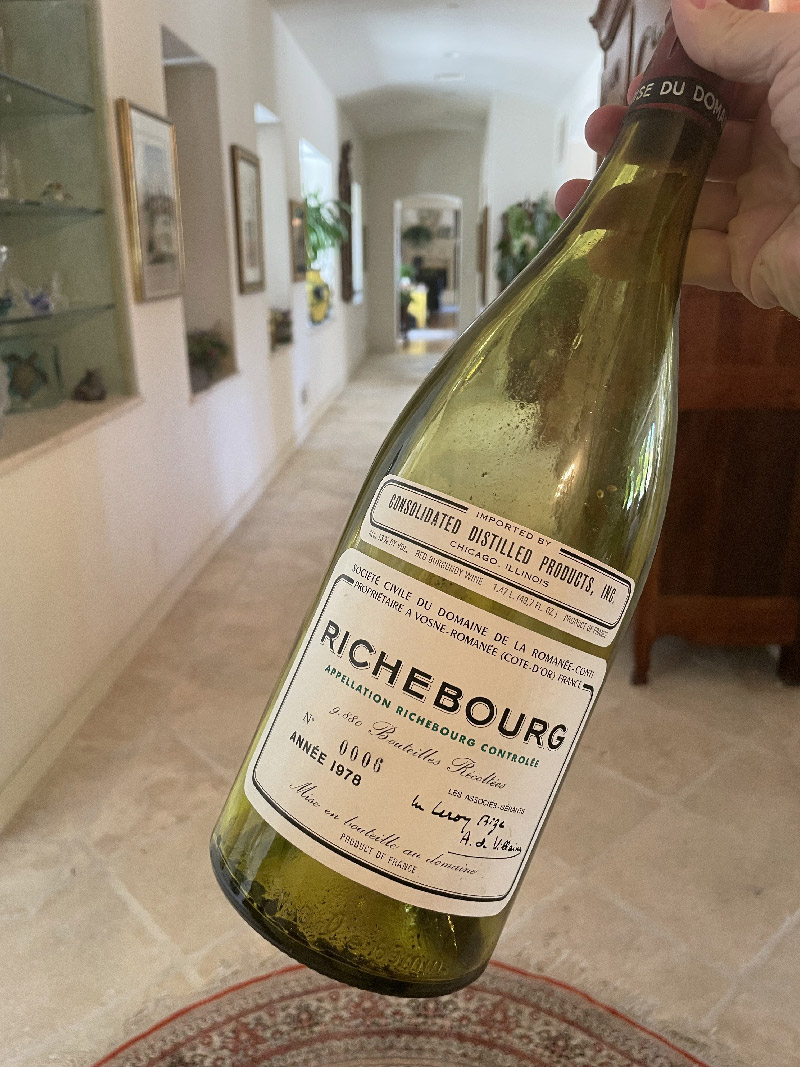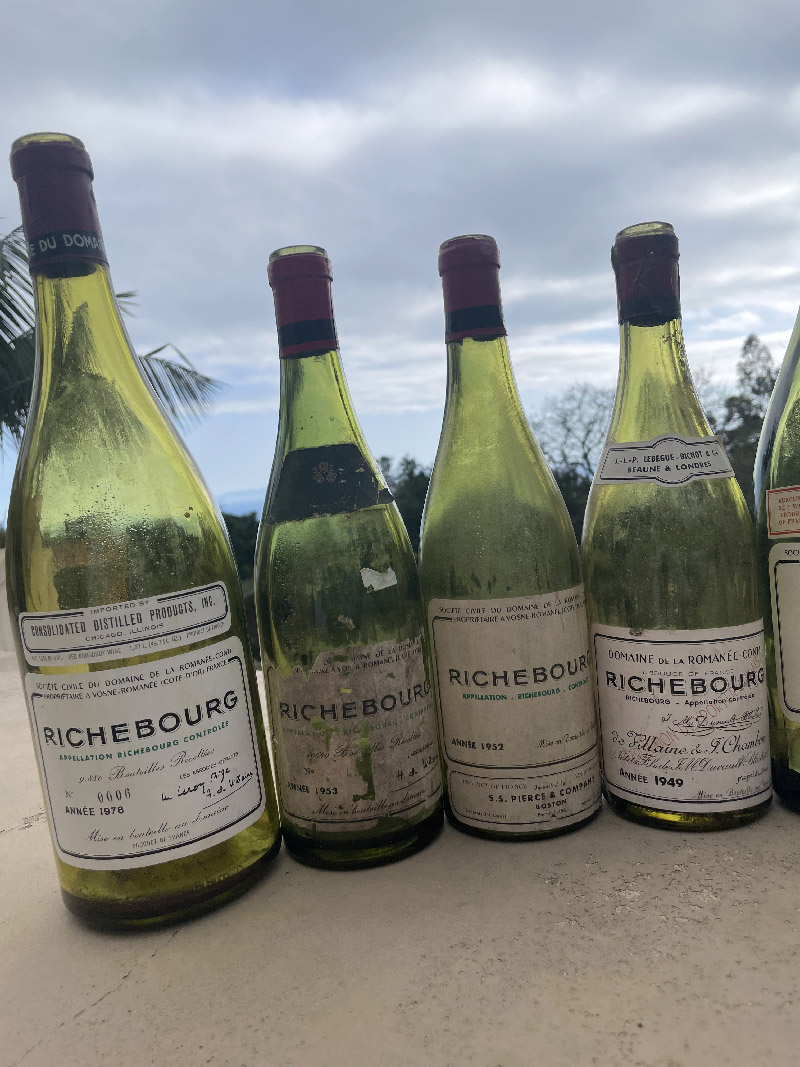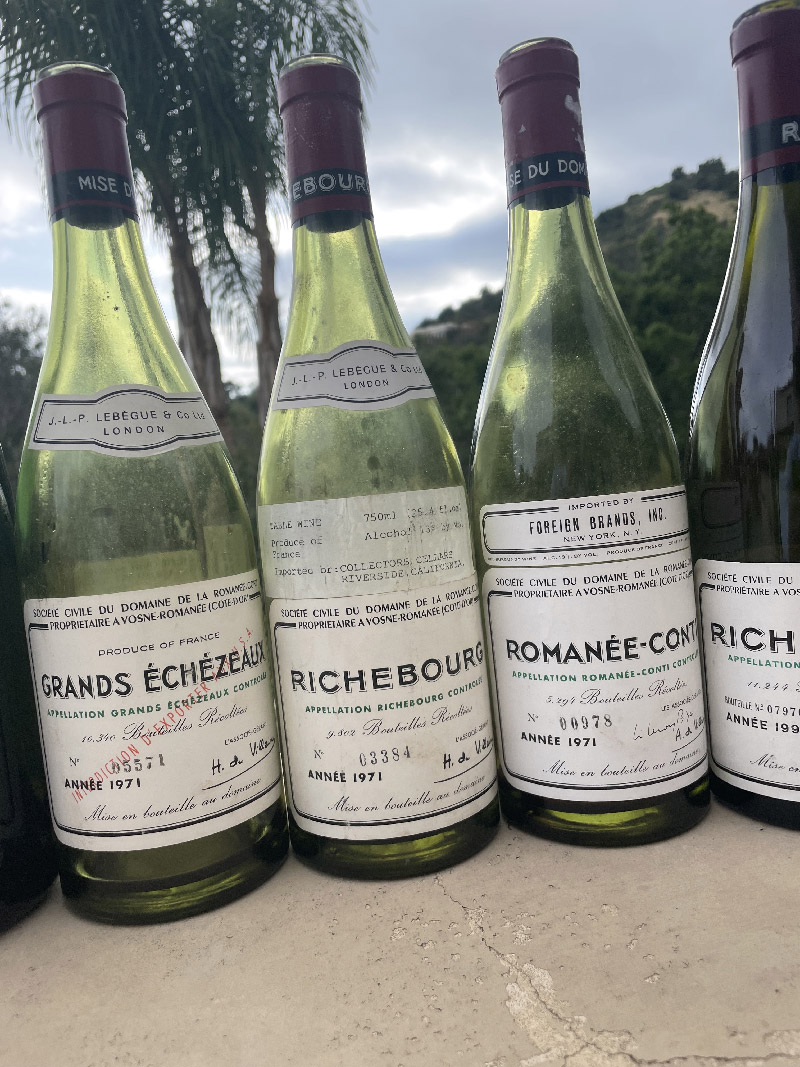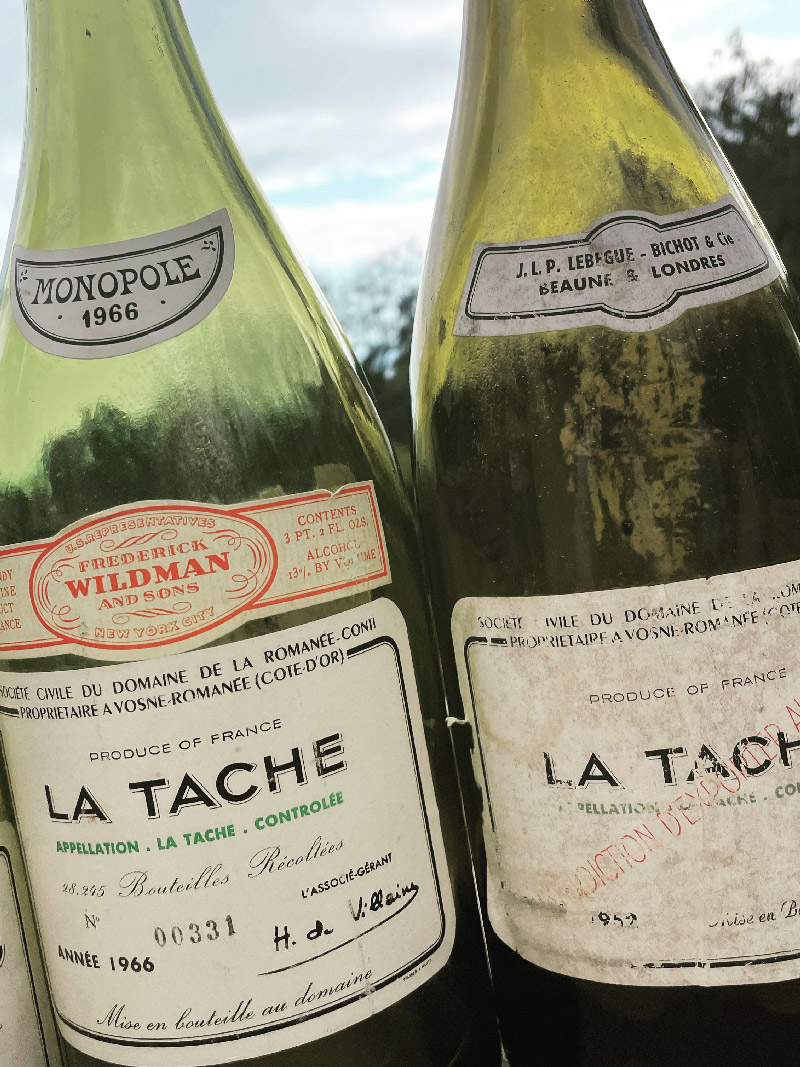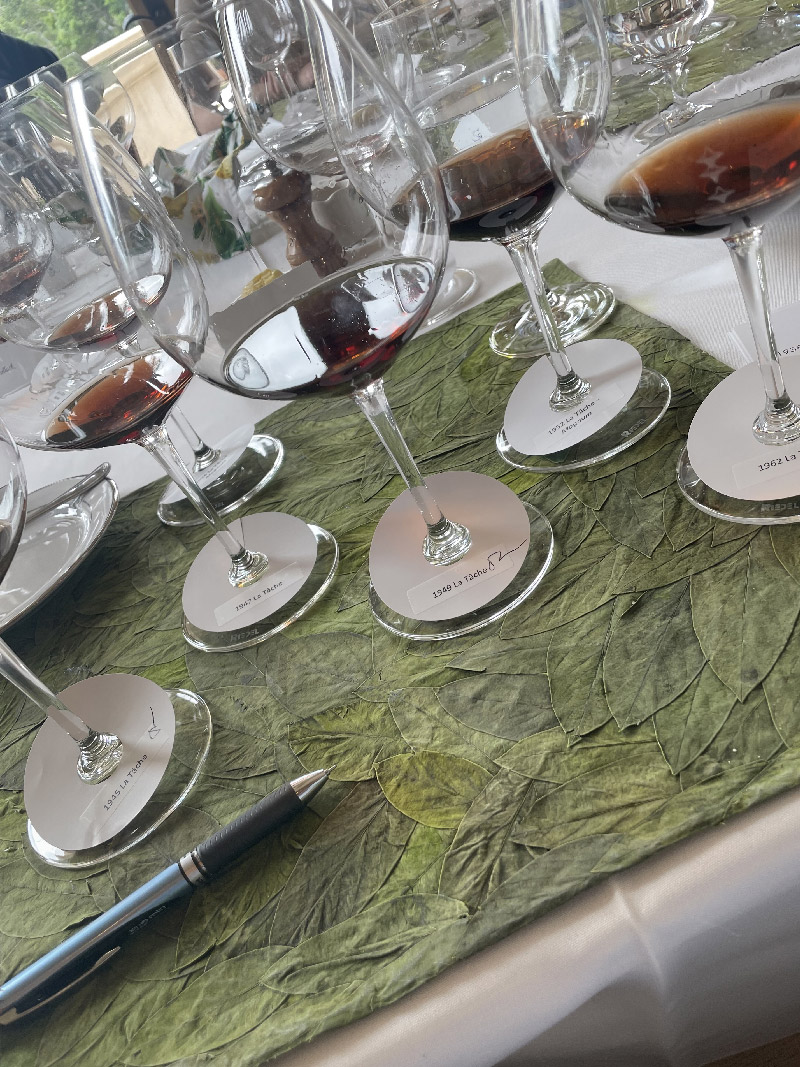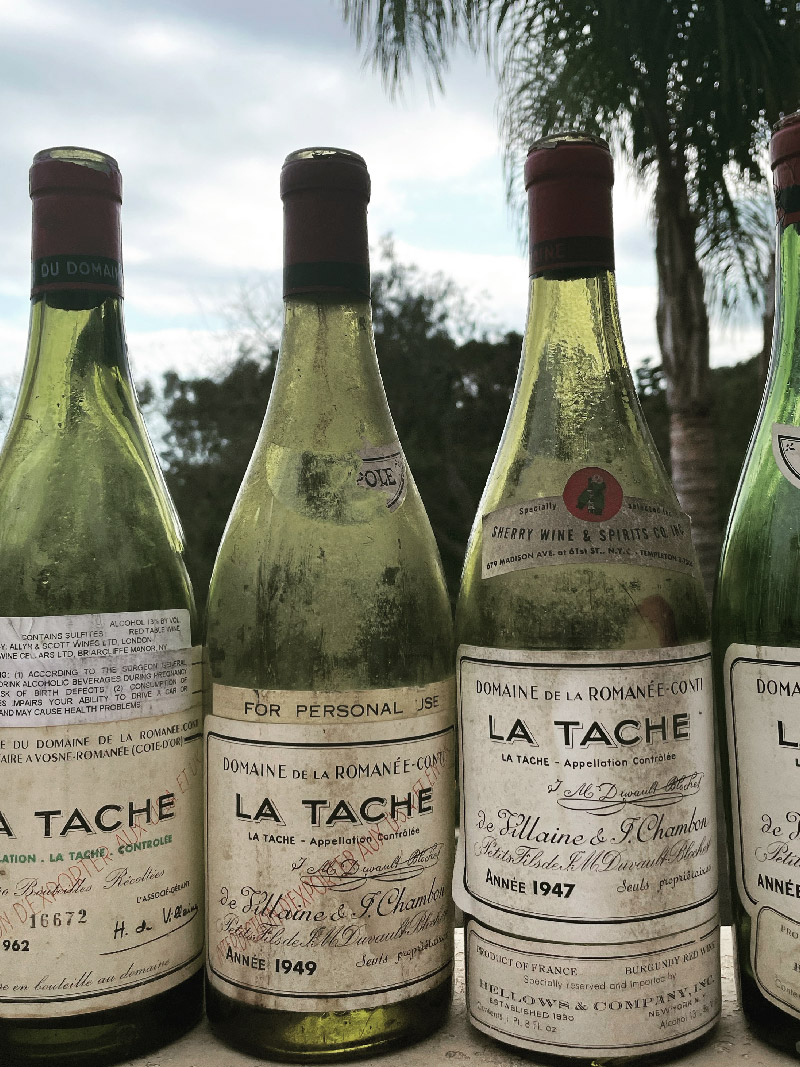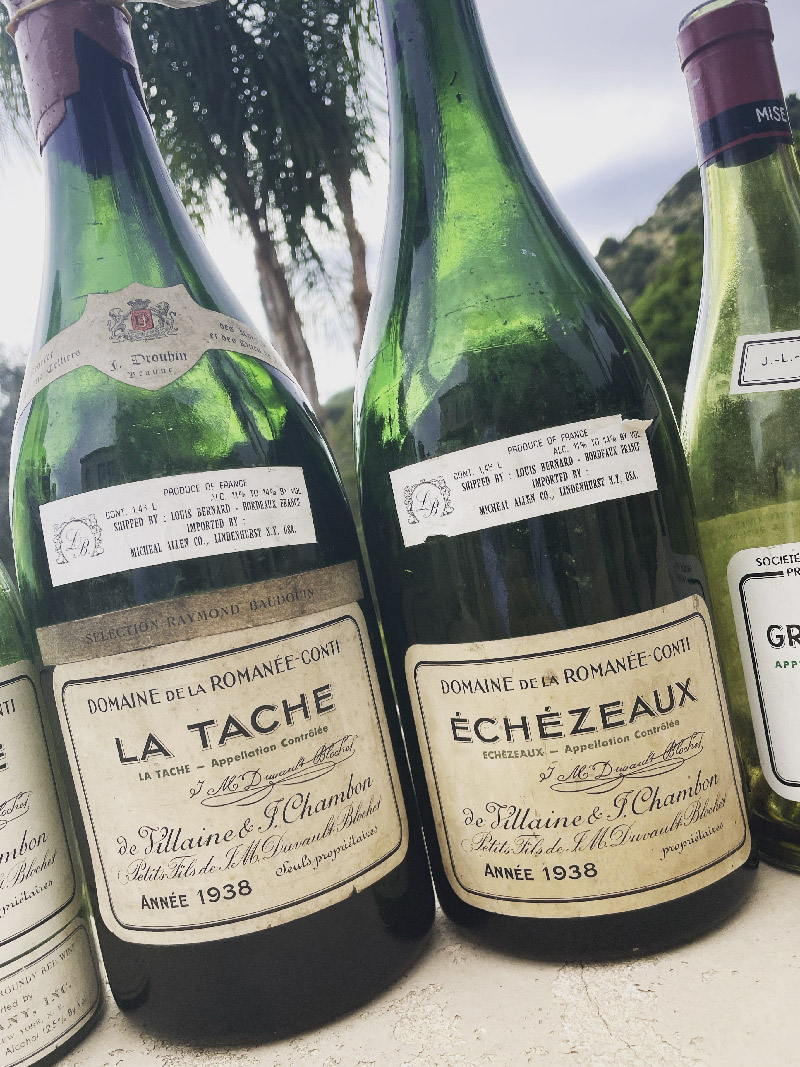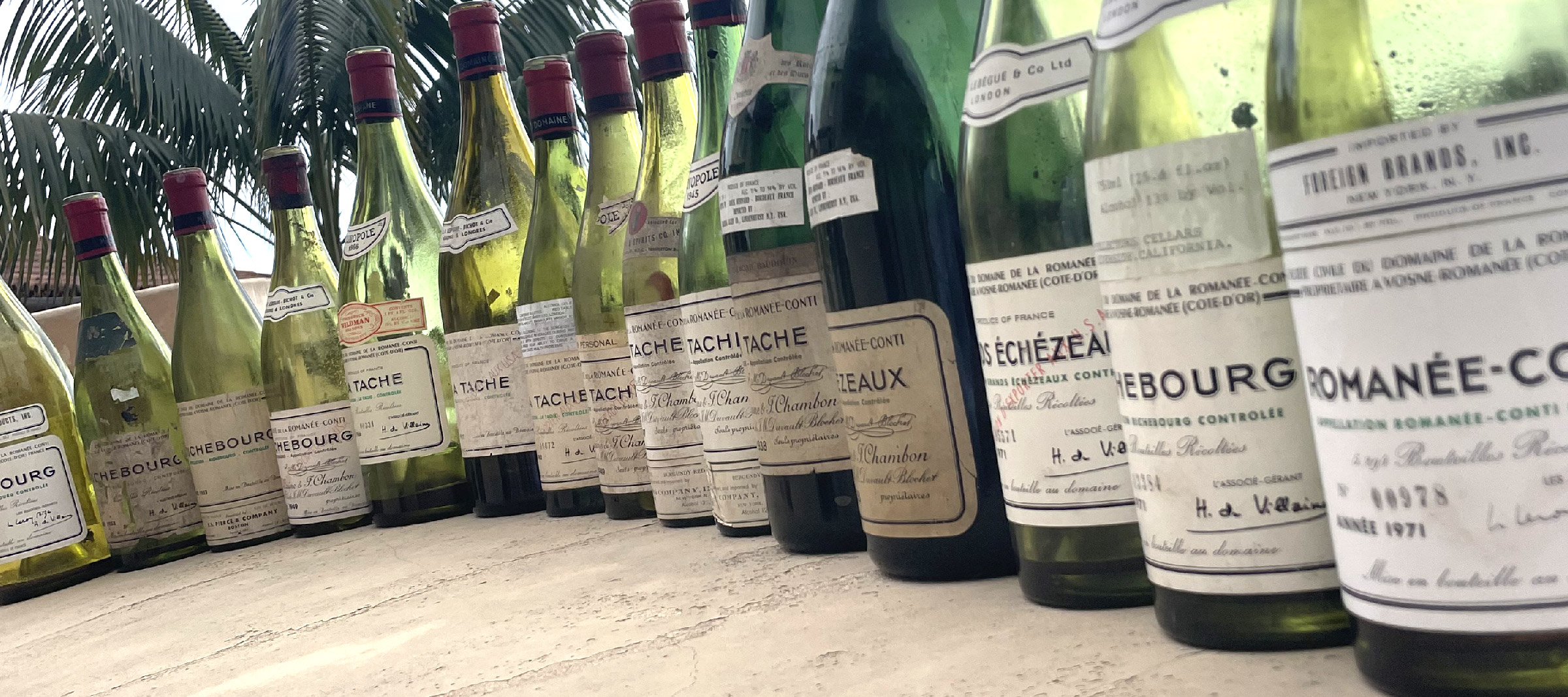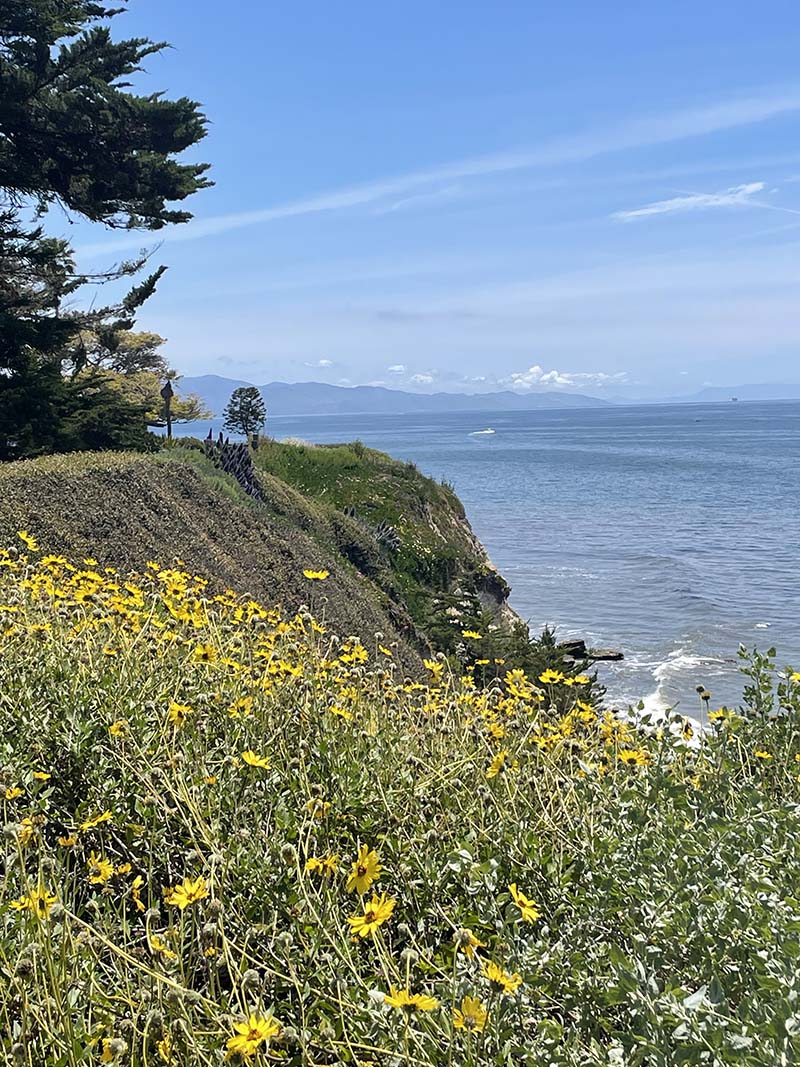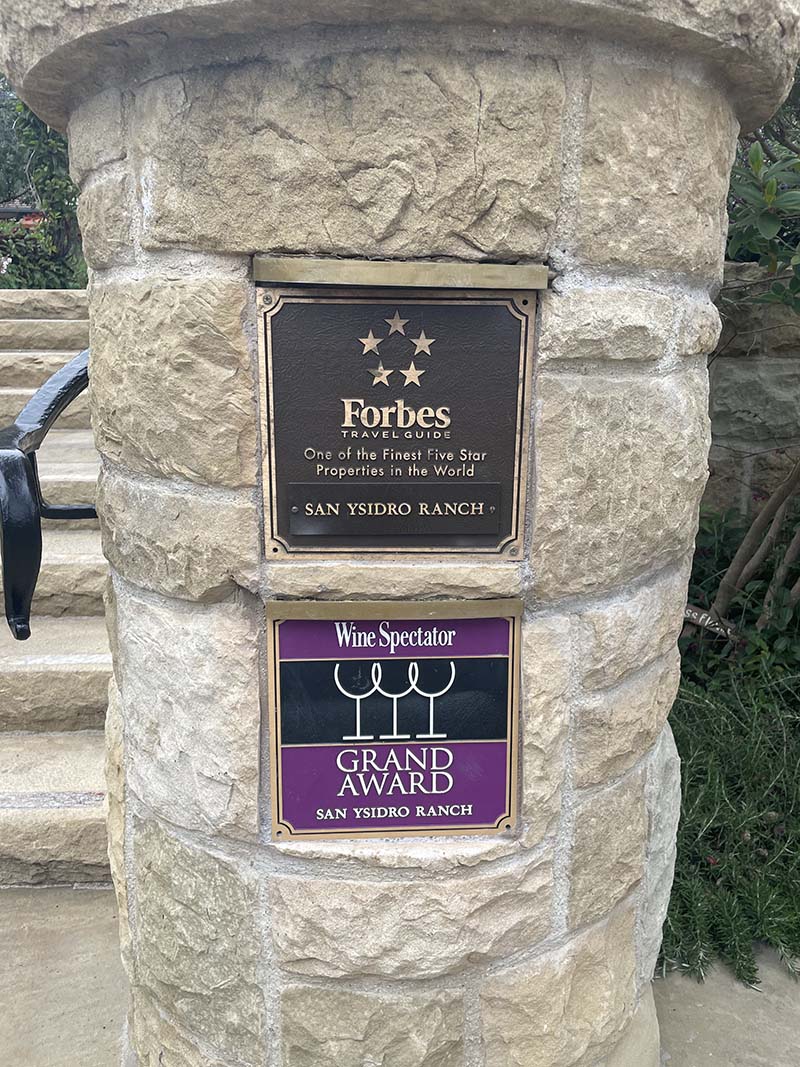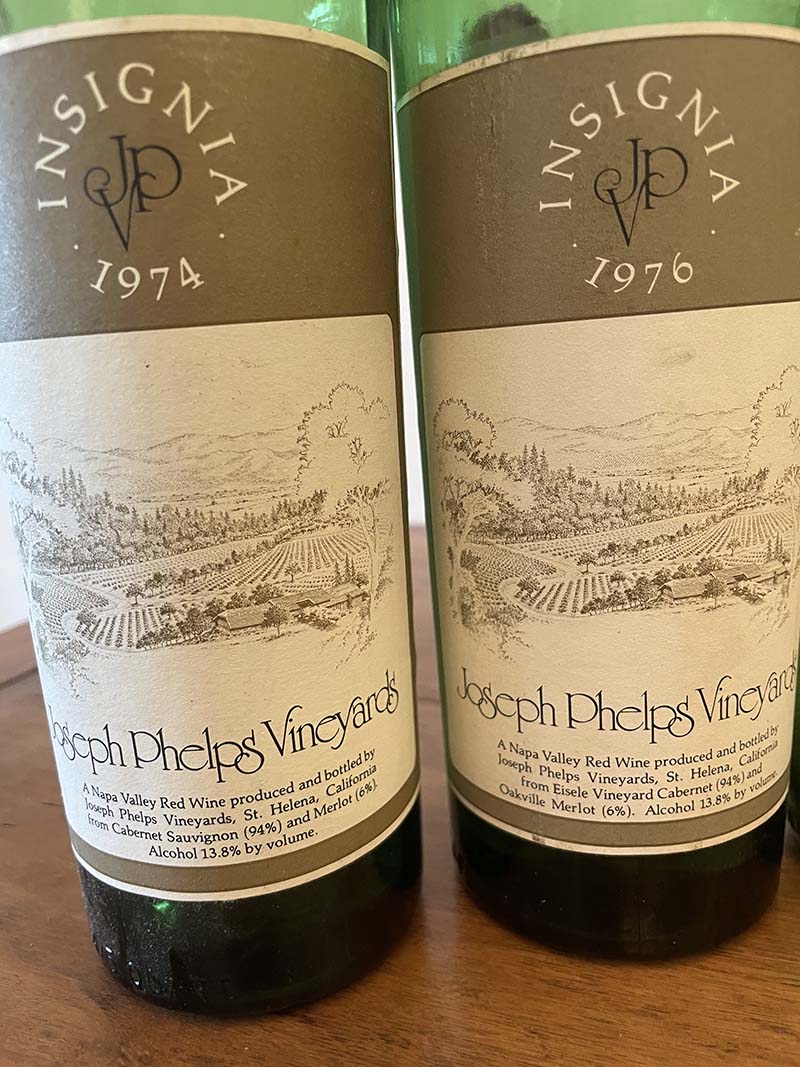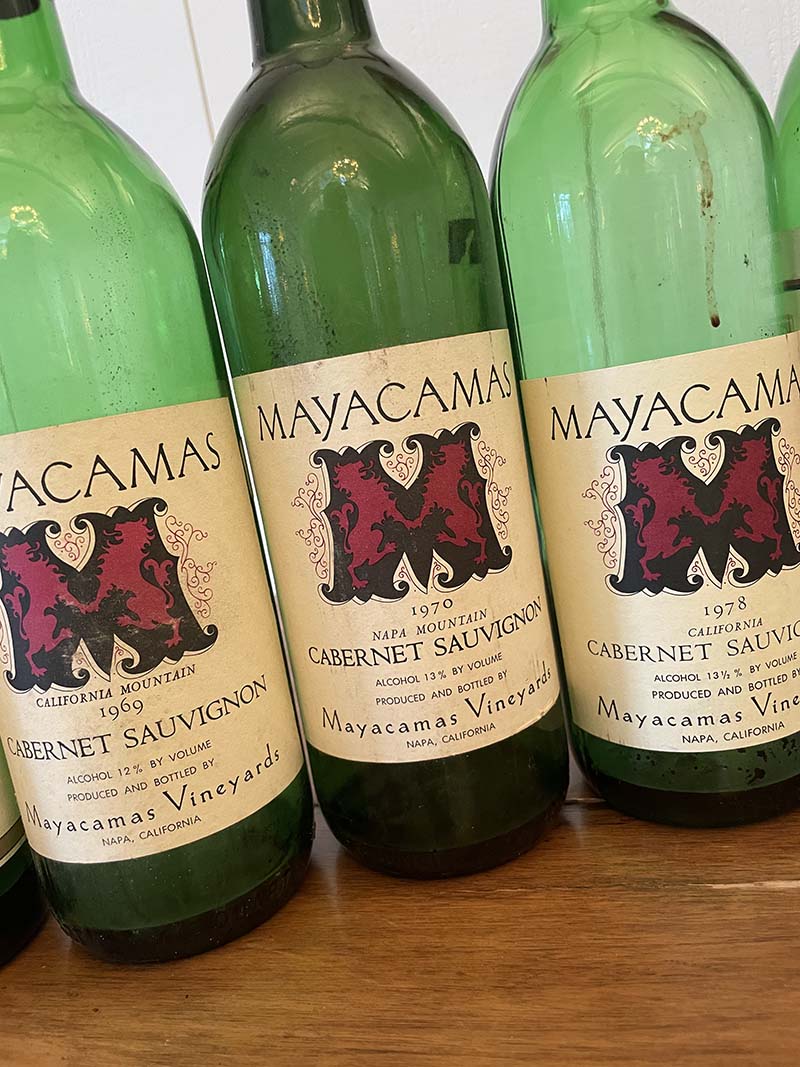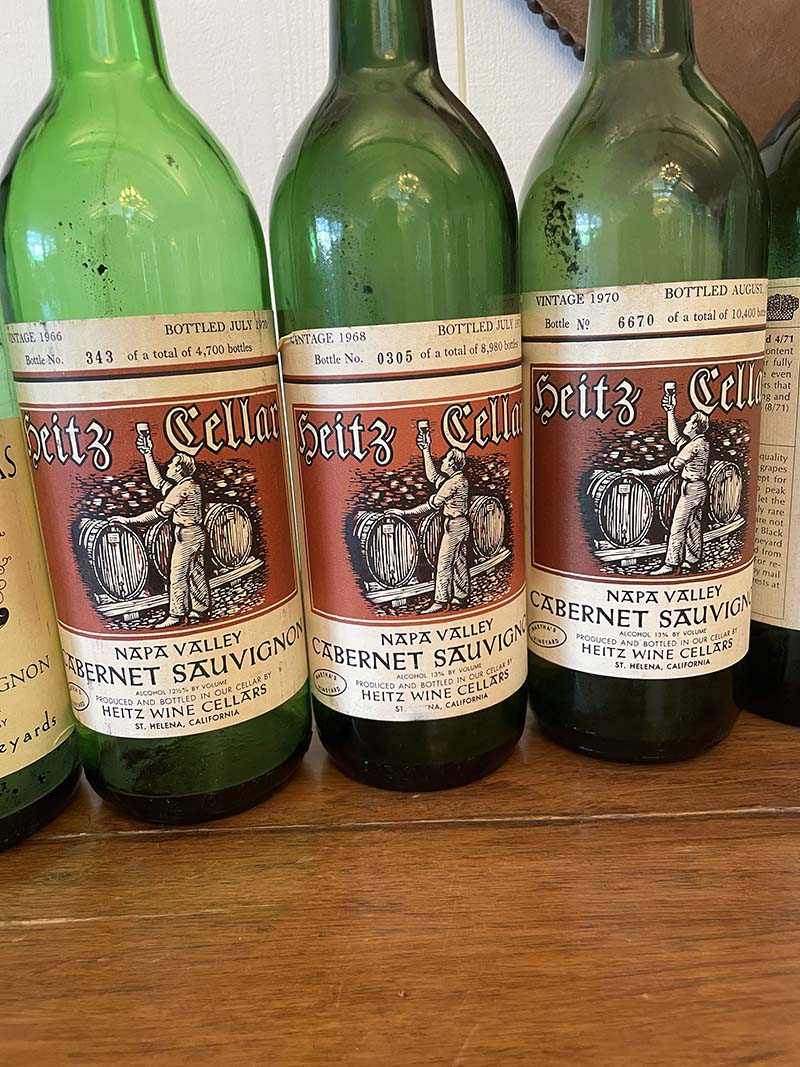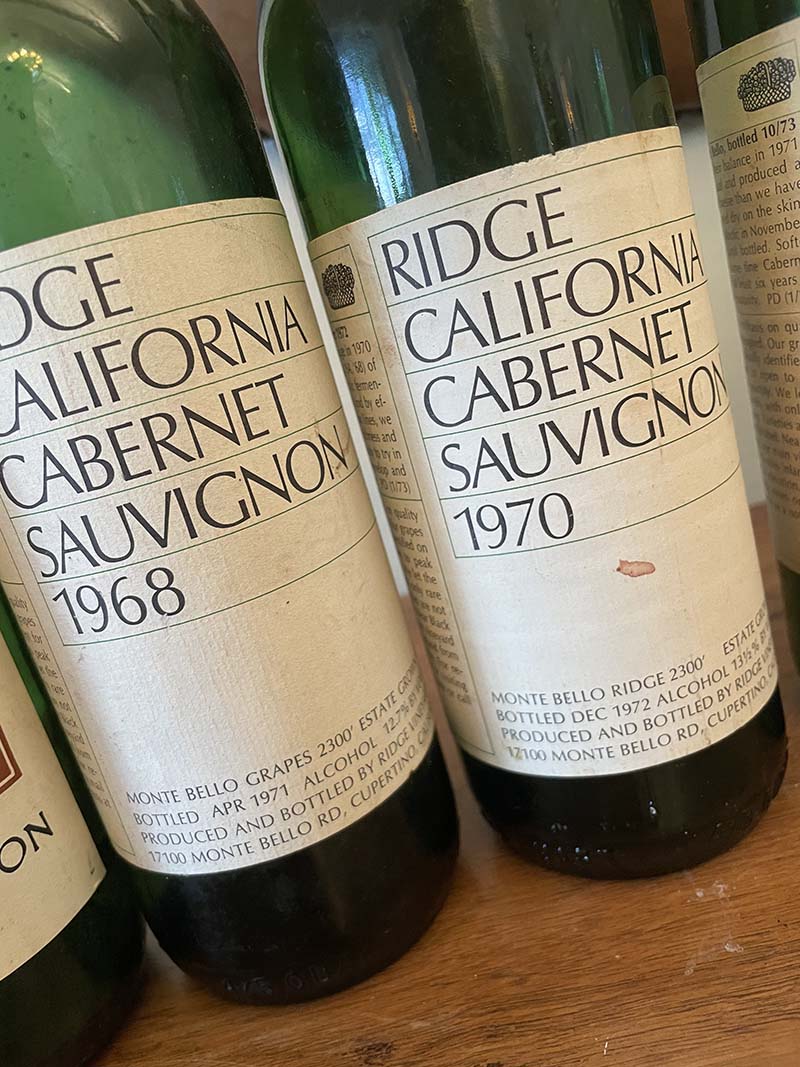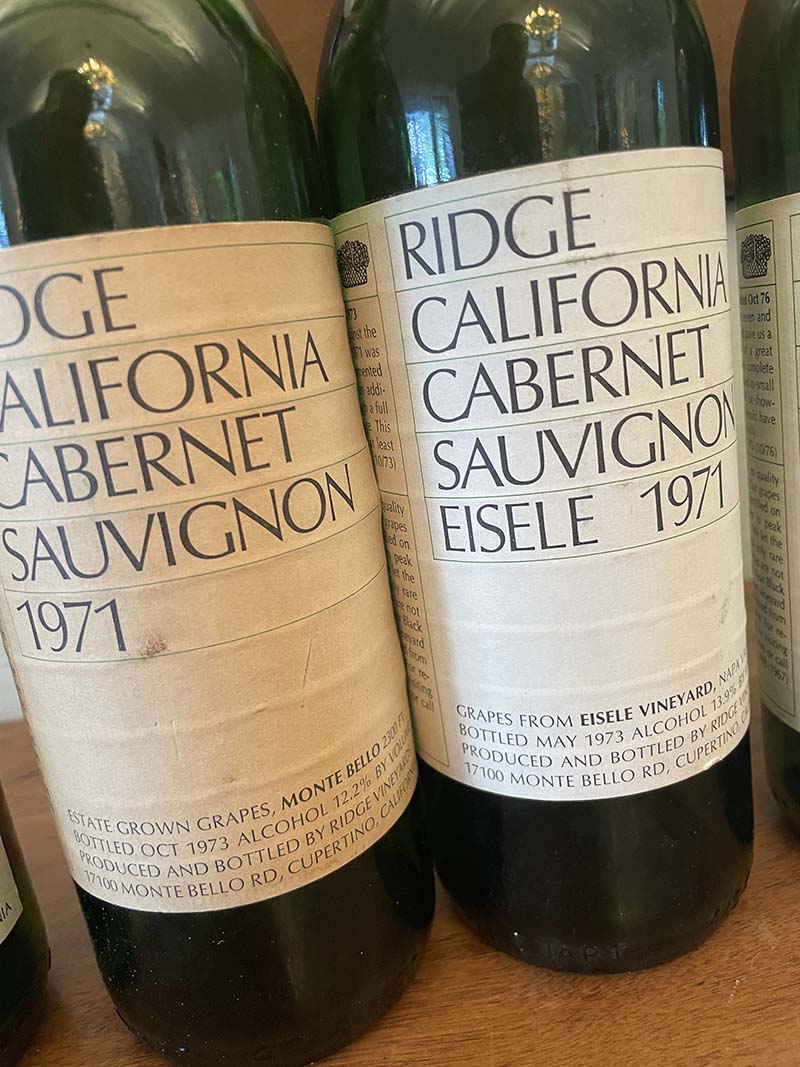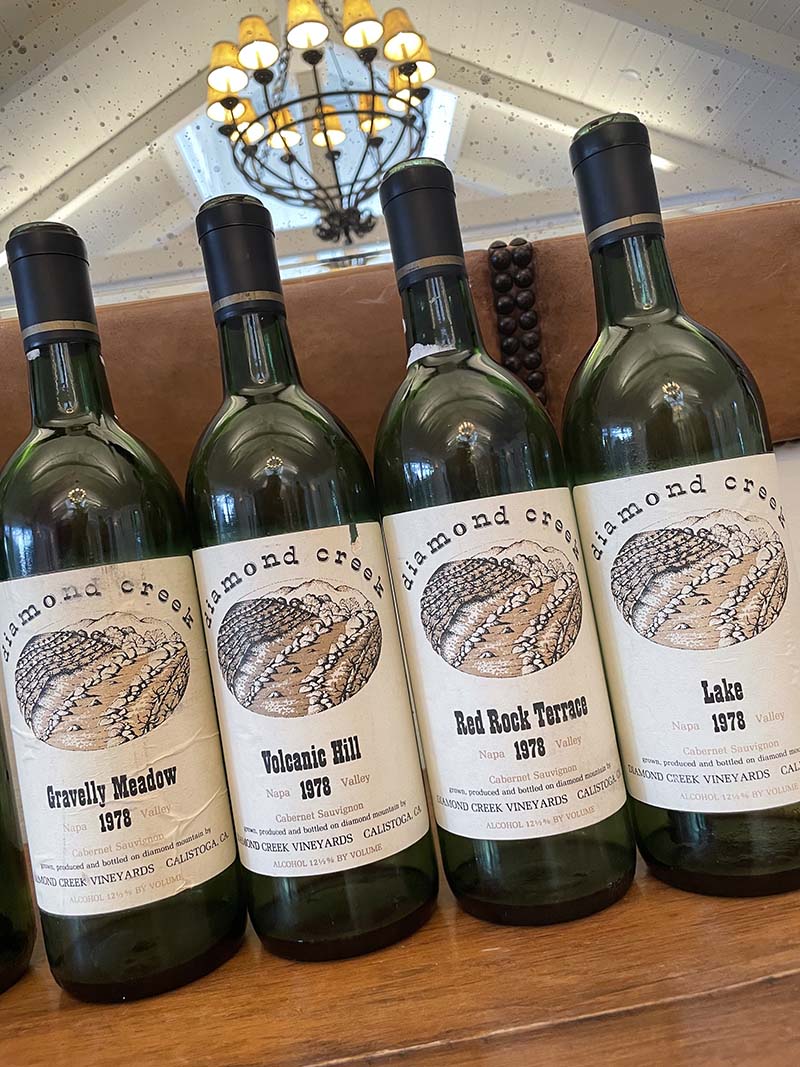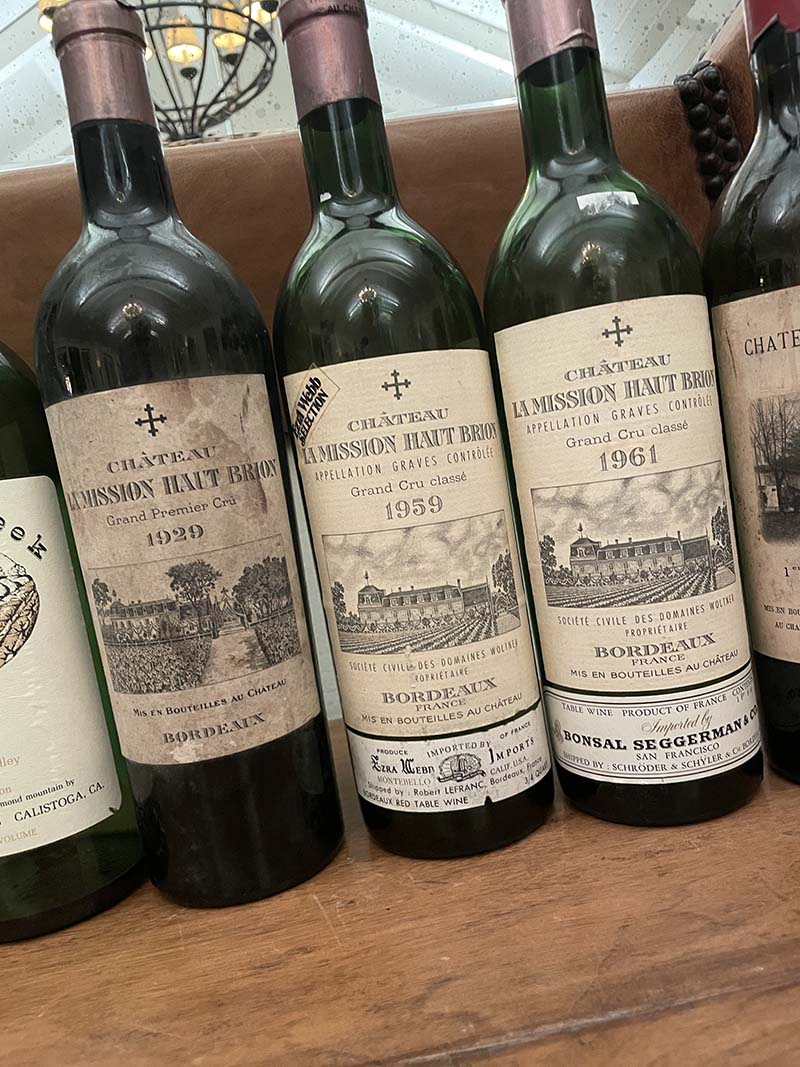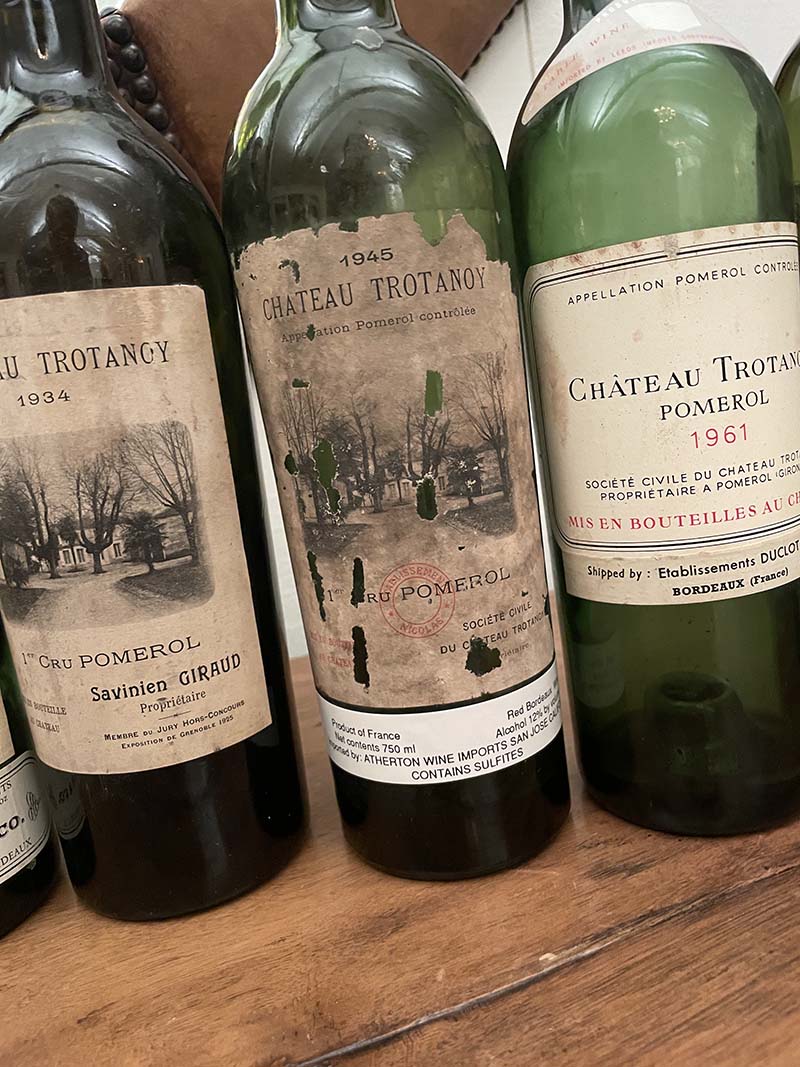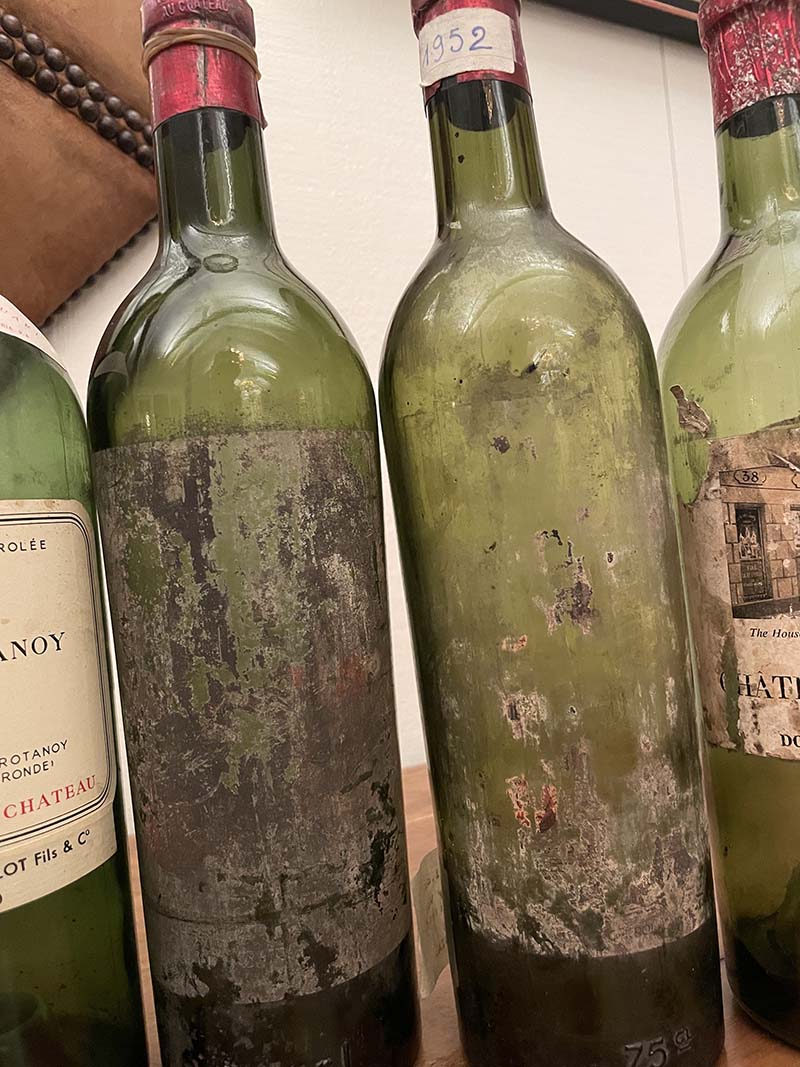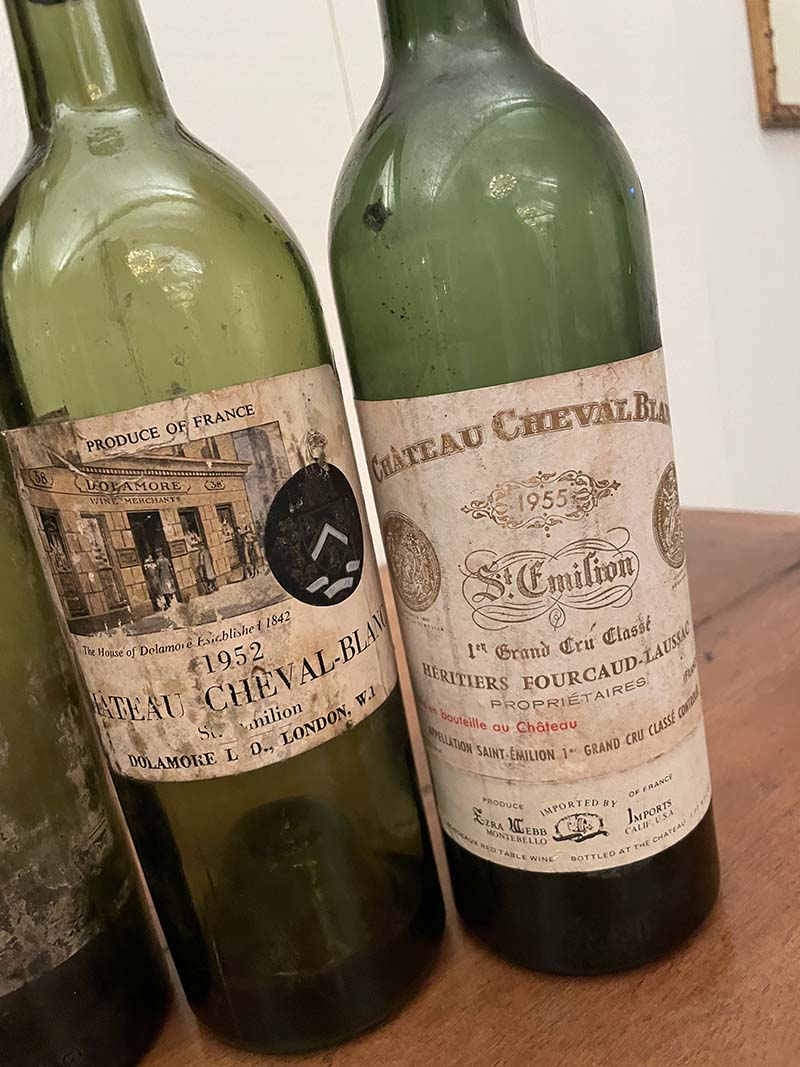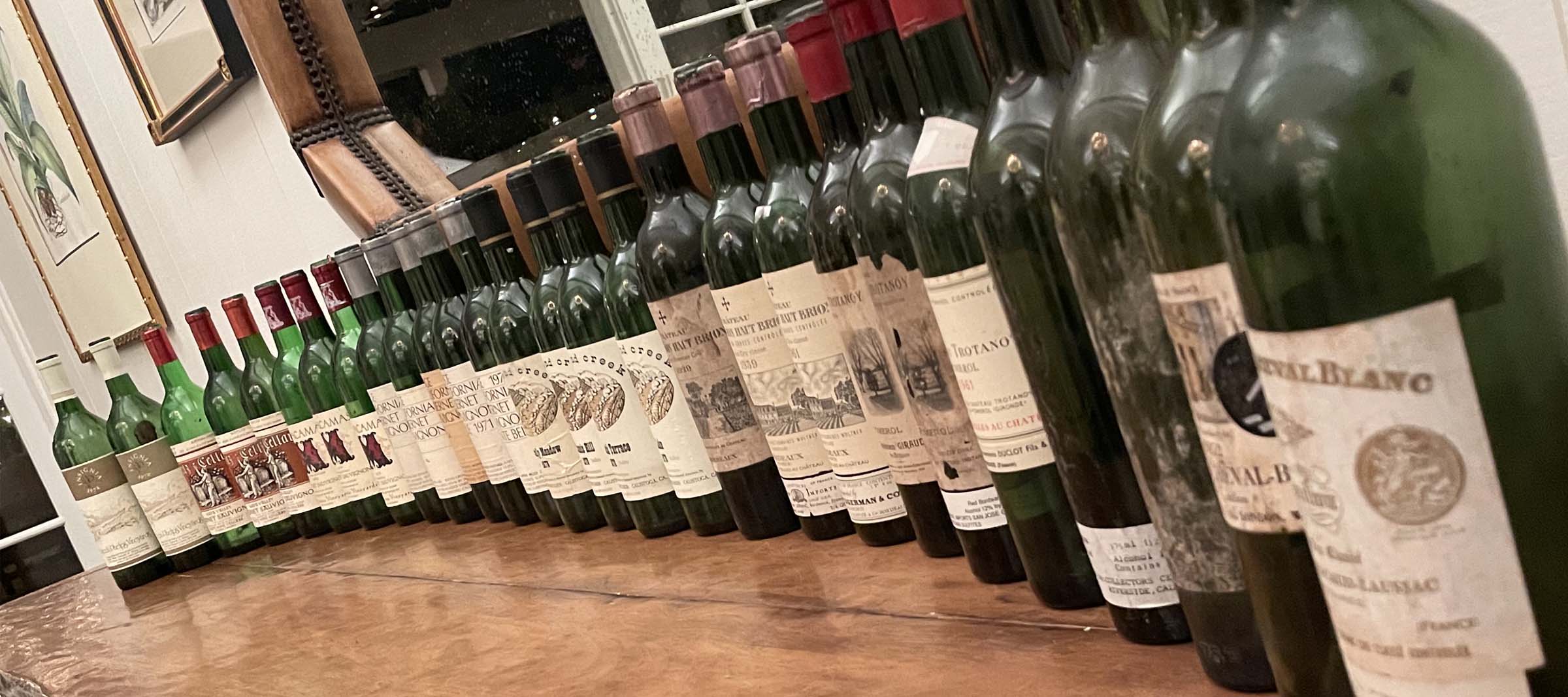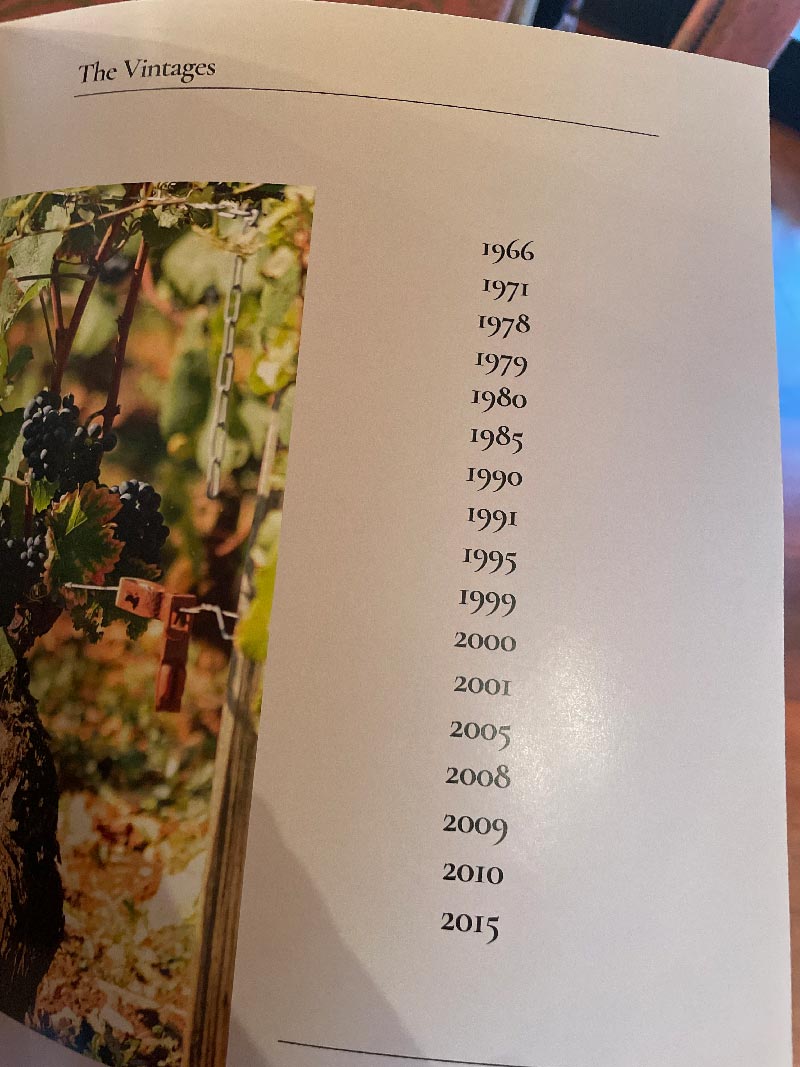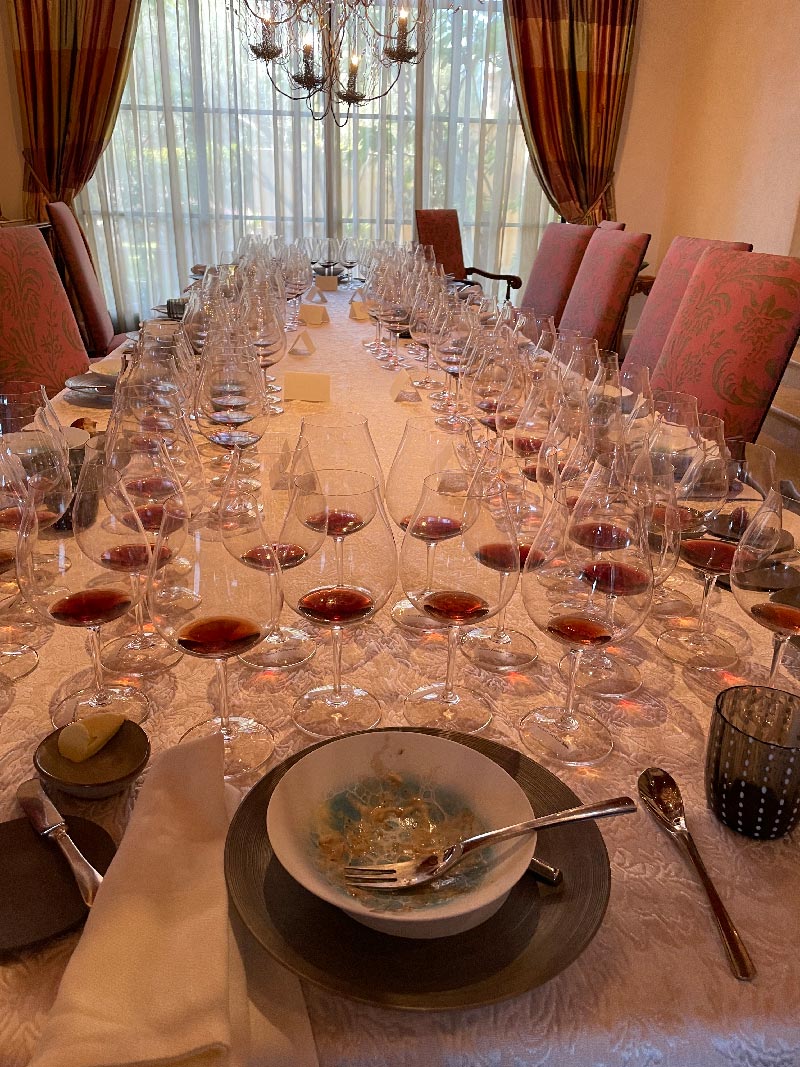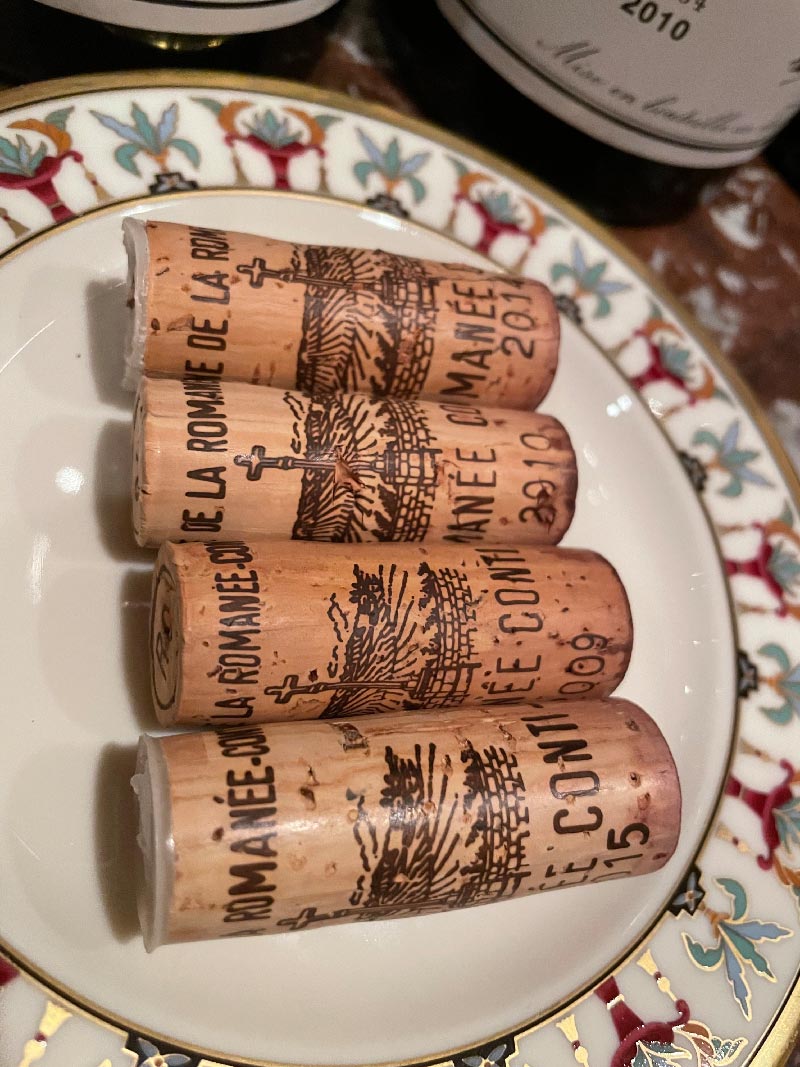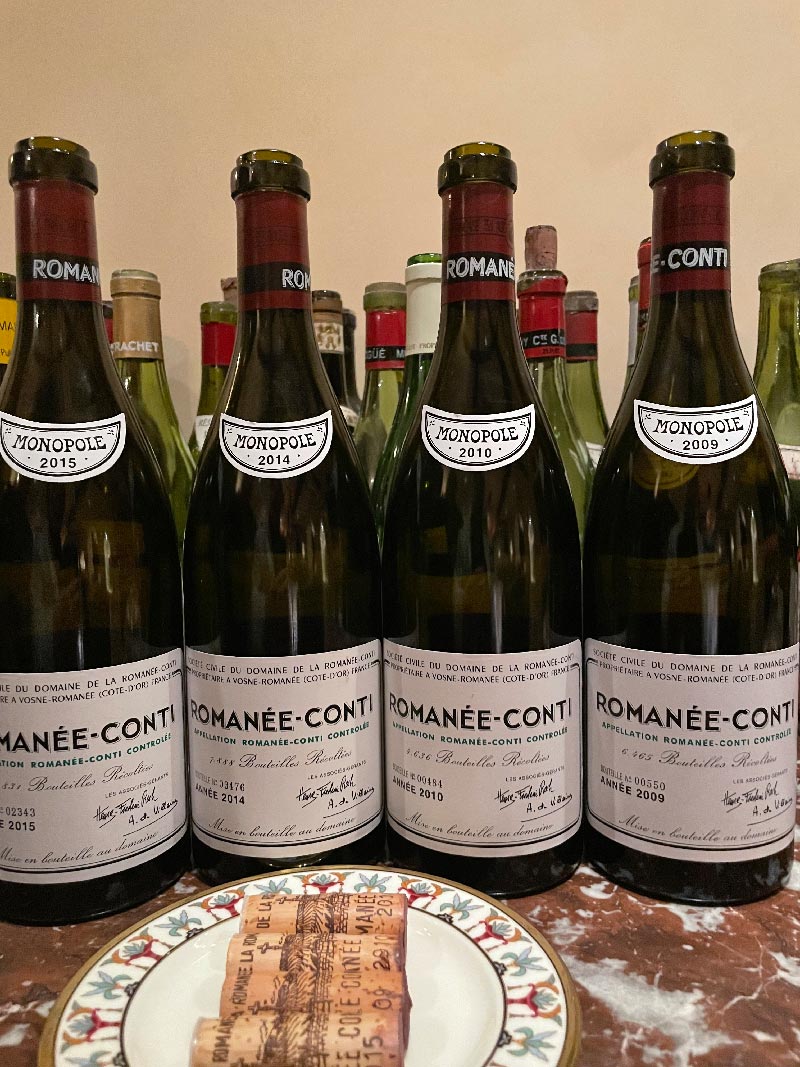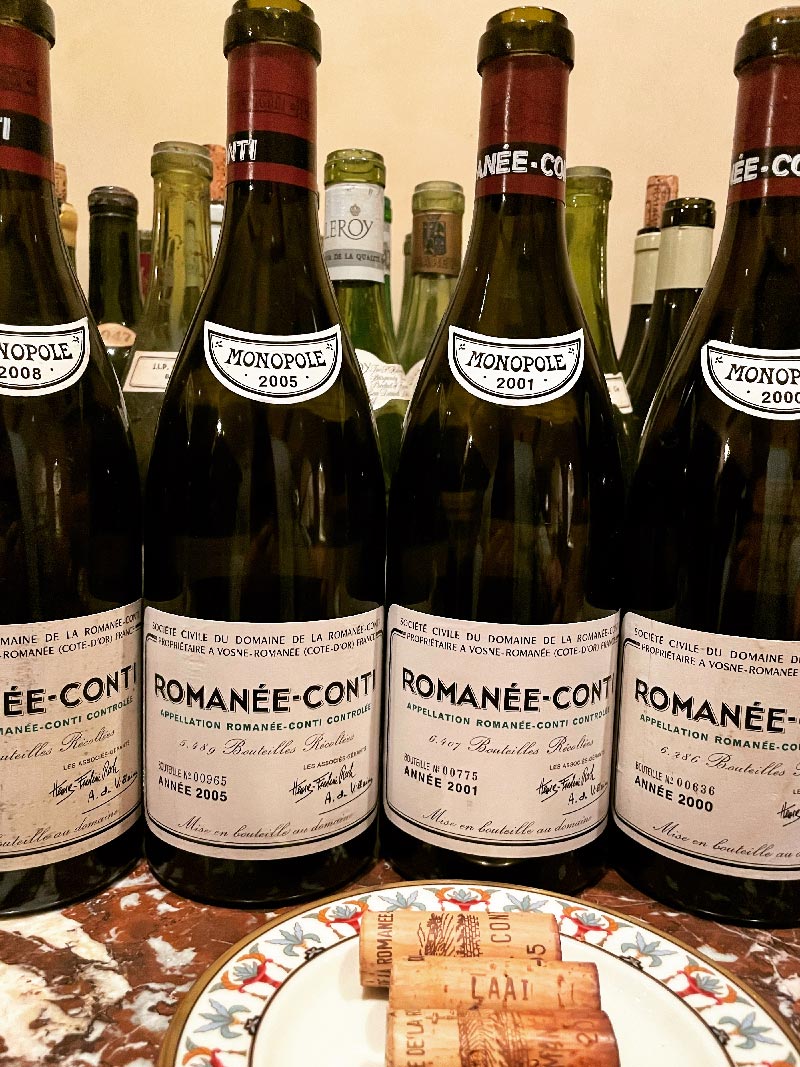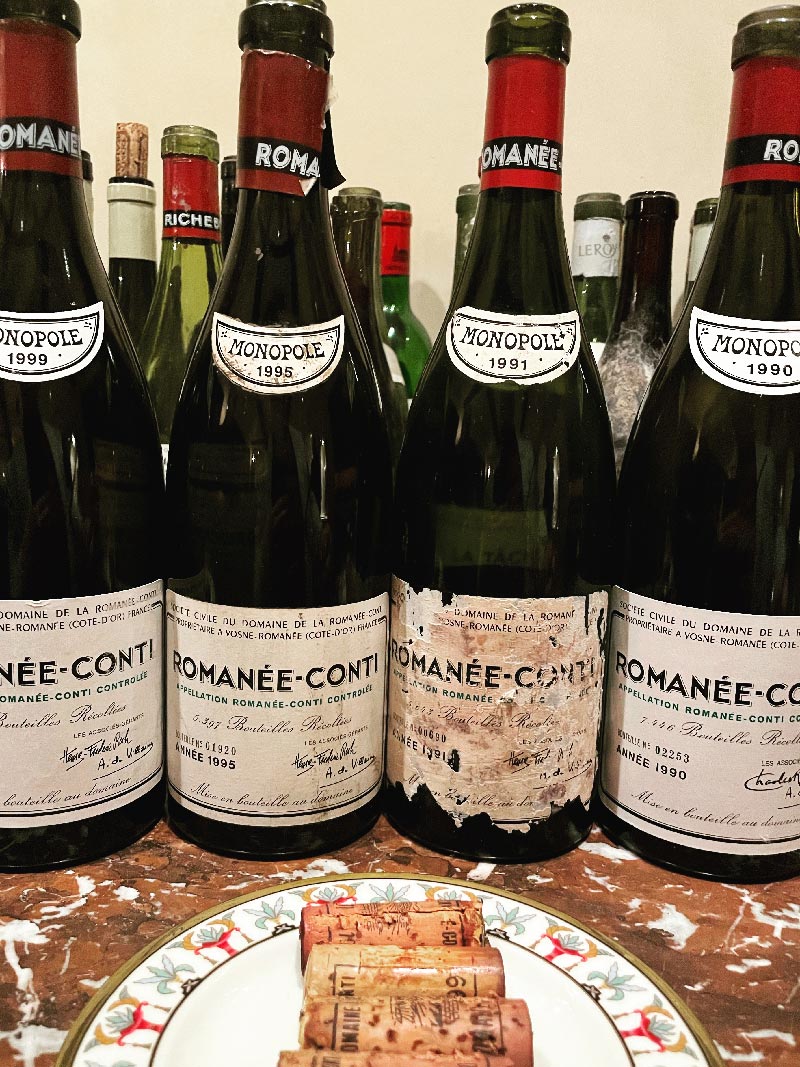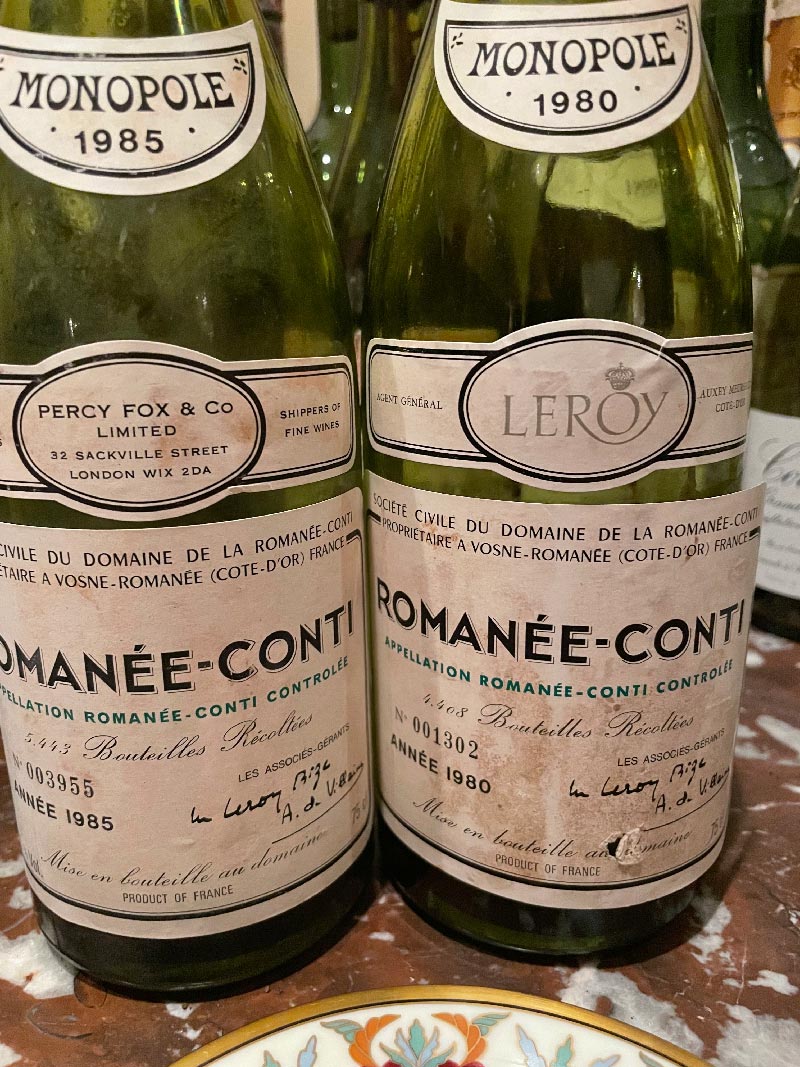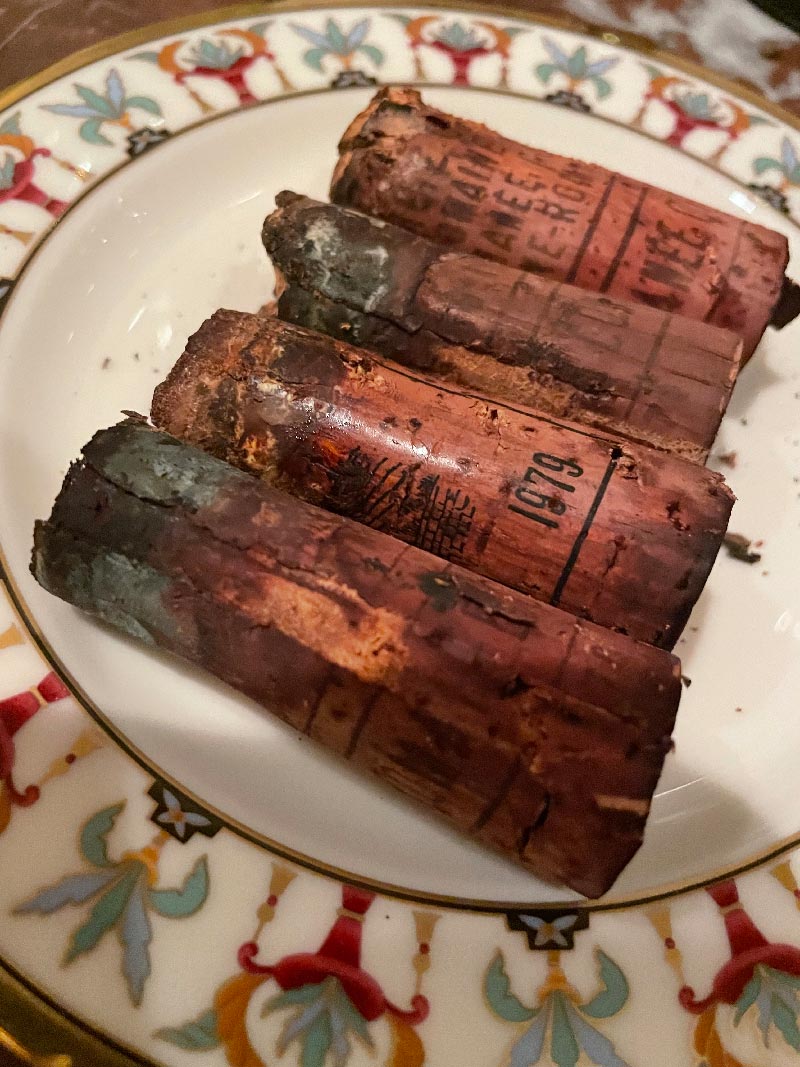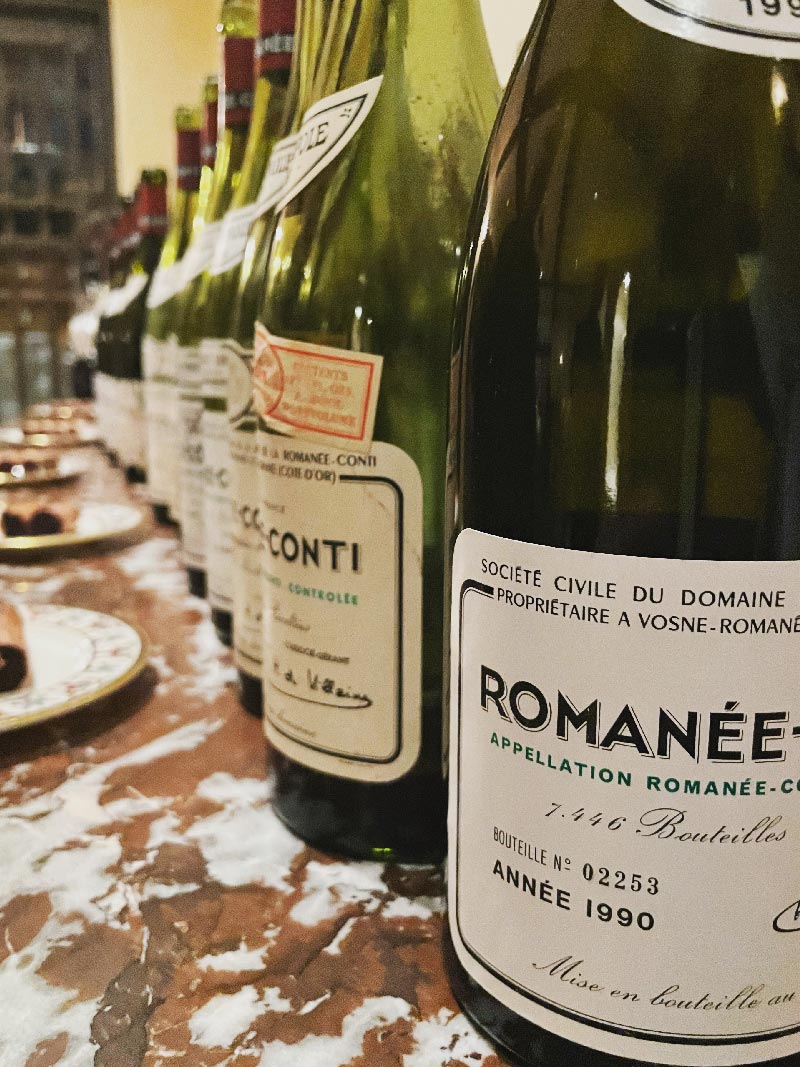La Paulée with Jean-Marc Roulot
January 16, 2024
No Comments
One of my favorite times of the year is La Paulée. The week-long event orchestrated for over 20 years by Daniel Johnnes is the celebration of all things Burgundy and all the people that love it. It’s an amazing week-long wine party, and if you have never been, meet me in Los Angeles the last week of February! You can sign up for events starting this week at lapaulee.com. Let’s not forget all the great winemakers that show up year after year after year. One of my Top Ten dinners of 2023 was one of these La Paulée events, and of course it would be – it was hosted by Jean-Marc Roulot, and the food was being cooked by La Famille Troisgros. If I were speaking French, that would translate as ‘Ah oui oui’ lol.
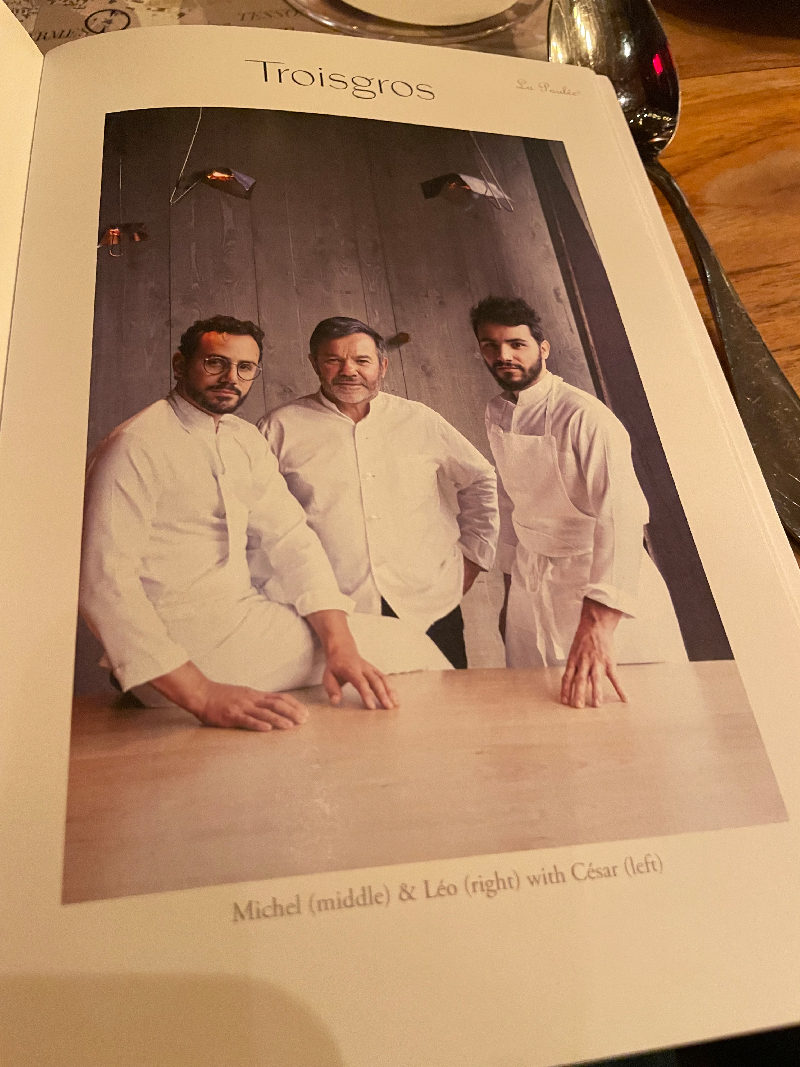
The Chefs
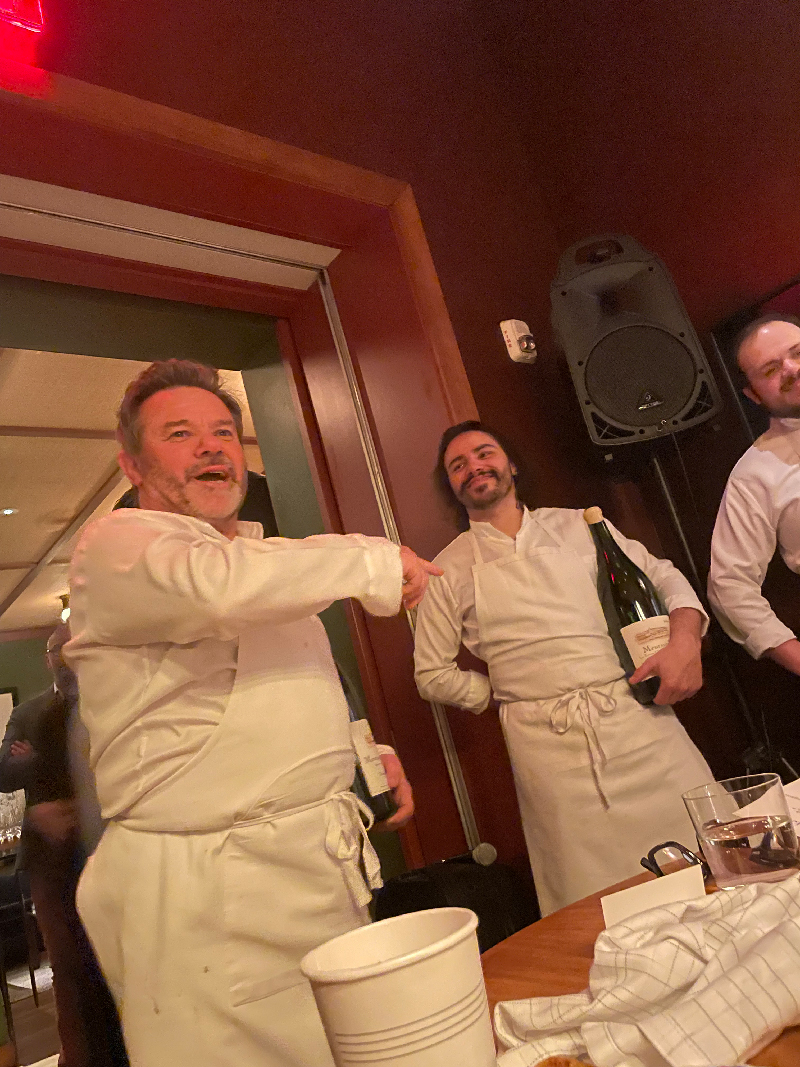
Voila!
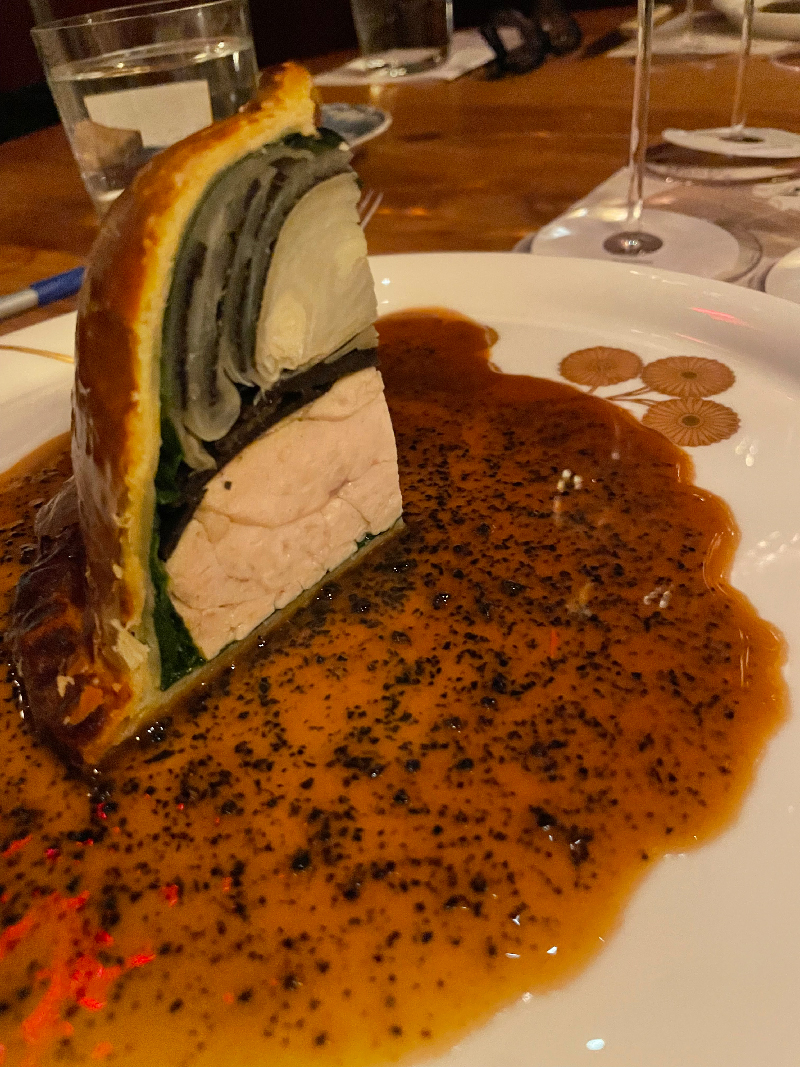
The Food
Now anyone that knows me, and knows White Burgundy, knows that Jean-Marc Roulot is one of my favorite producers, and one of Chardonnay’s masters. We started with a “degustation” of the 2018 vintage, a vintage that Jean-Marc compared to 1982 when I tasted it out of his cellar a few years ago. We had two village wines and three premier crus, even though village would be an understatement given the quality of these vineyards year after year in the hands of Jean-Marc.
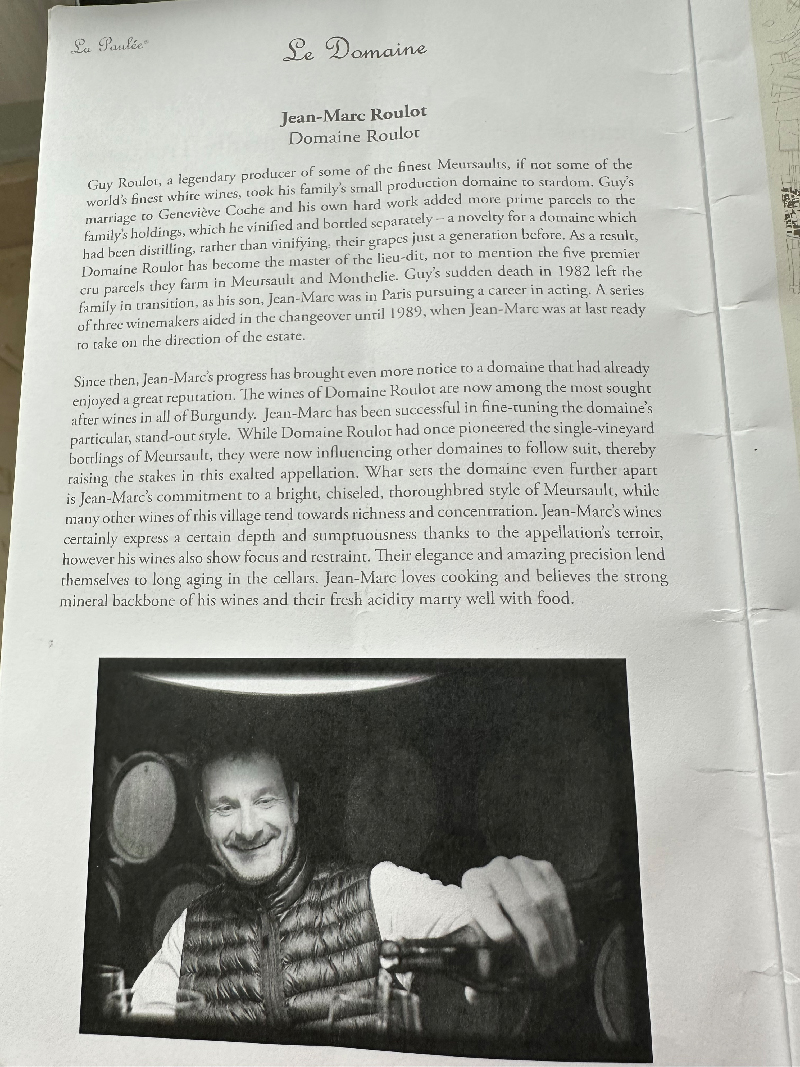
The Winemaker
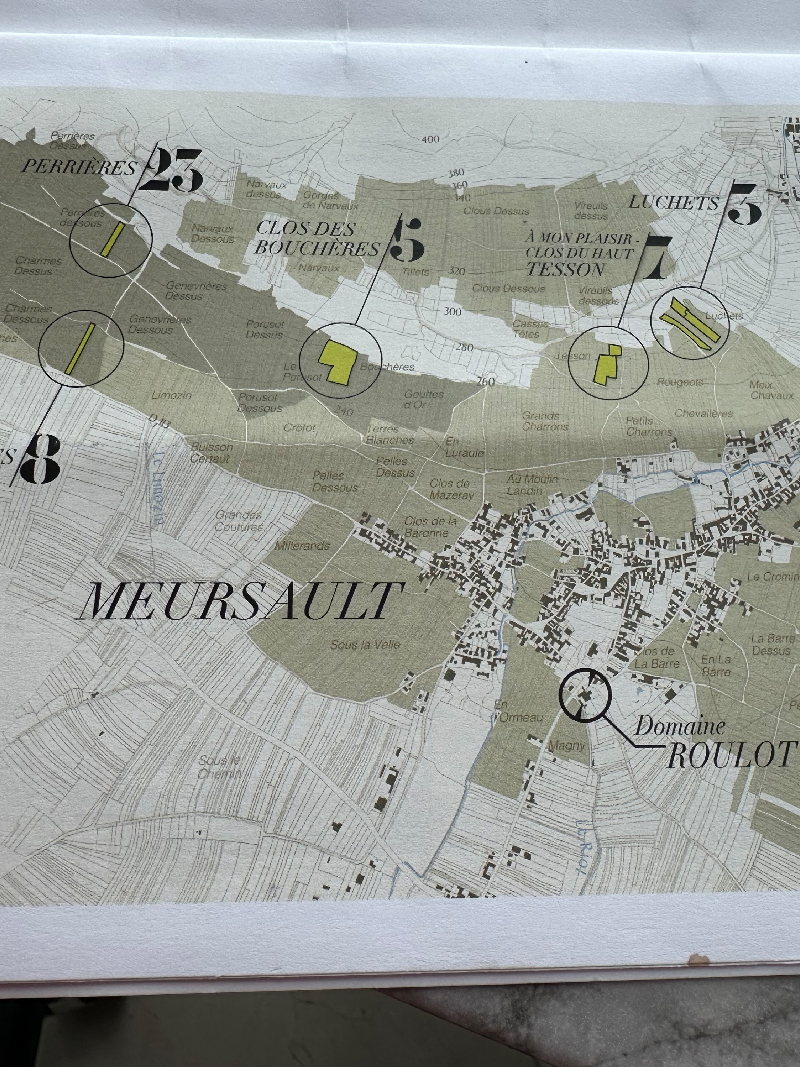
The Place
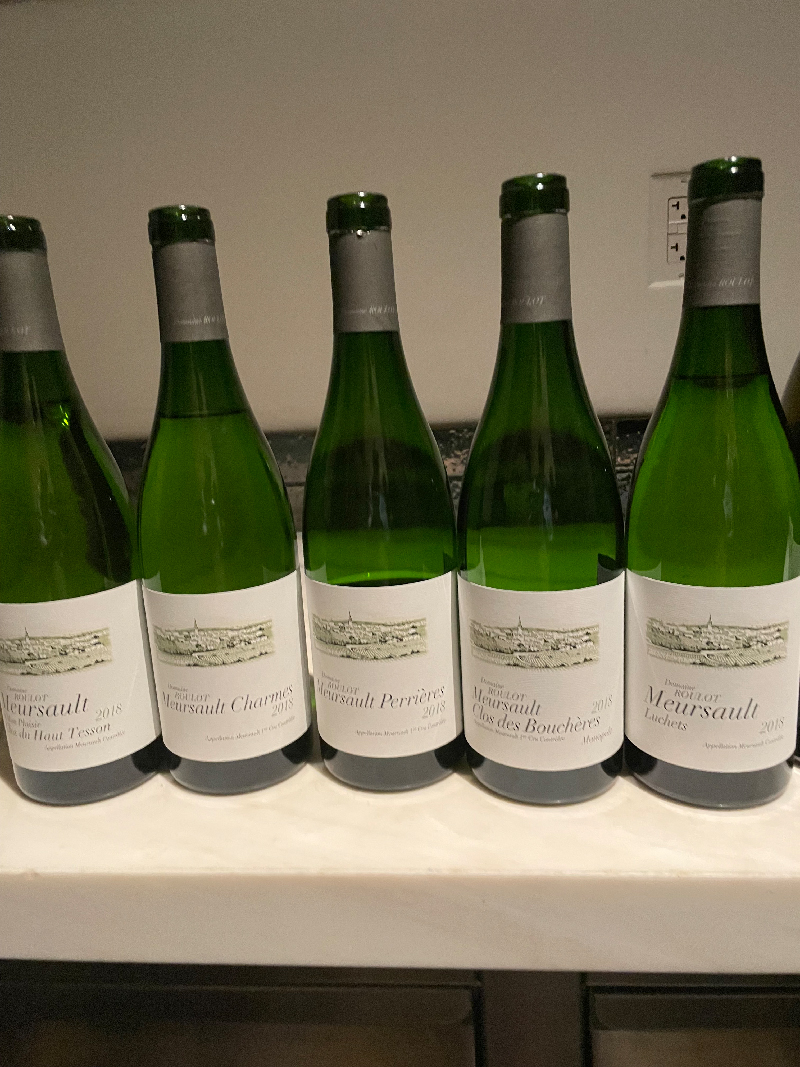
The 2018s
The 2018 Luchets had a lean nose, still with nice richness. It was cut with good acidity and nice grit, very minerally with yellow fruits. It had some angles that needed to resolve themselves at its early age (93).
The 2018 Tessons ‘Mon Plaisir’ was impressive. The richness really stood out along with its honeyed supple, sweet and round personality. This was 2018 on full display. Its sweetness and richness were provocative (95).
The 2018 Charmes was from ‘a big vineyard,’ we were told. This was a round Meursault with a big butt, broad and brawny yet still excellent. However, it was a touch clumsy compared to the Tessons, at least for now (94).
The acidity and finish of the 2018 Clos des Boucheres was clearly bigger and longer than any other wine served so far. Its palate was also big and long with zippy acidity and a dusty finish. It screamed louder than the others (95+).
Last and not least was the 2018 Perrieres. This was the finest and most stylish of the bunch, marrying the sweet fruit of the vintage with a much more elegant counterpart. Royalty was in the house (96).
Not bad for a warmup, huh? Next up were two flights of 2011, a vintage that Jean-Marc hailed for its ‘great transparency. The terroir is obvious and more expressive.’ Not only were they all 2011; they were all also served out of magnum. Big bottles matter! We began again with the (2011) Luchets, which was very yellow in its personality. It was tangy, bright and citrusy with an elegant style. The fruit was exotic and its minerality quite pleasant (93M).
The 2011 Tillets had a more dusty minerality and more vim than the Luchets. Its fruit was sweet and icy, more white in hue, along with a little Christmas spice to add some pizzazz(95M).
Next up was our first (2011) Meix Chavaux. Again, there was excellent richness here. This was a full-bodied heavier style of Roulot, but not in a negative way. This was a chunky monkey, no doubt helped by the nature of the 2018 vintage (95+M).
It was back to the (2011) Tessons, and it was ‘Mon Plaisir,’ so to speak, the Clos in the vineyard this bottling is from. This was a smoky and toasty wine with lots of acidity. It was a touch corky, though, and despite its rich and long personality, I think this magnum was slightly affected (94A-M).
The 2011 Boucheres was so intense. There was great minerality here with a beautiful kiss of reduction. The intensity was another level from all the other 2011s. There was lots of lift off on the palate in this powerful white. It happened to be perfect with the caviar, I noted, who needs Champagne when you have Roulot (96M)!
It was time for the showstopper otherwise known as the 2011 Perrieres. While the Boucheres was stronger, the Perrieres was still just as long in a more sensual and elegant way. It fanned out and passed the Boucheres in terms of richness, minerality and style. Are you sensing a signature right now for the Domaine (97M)?
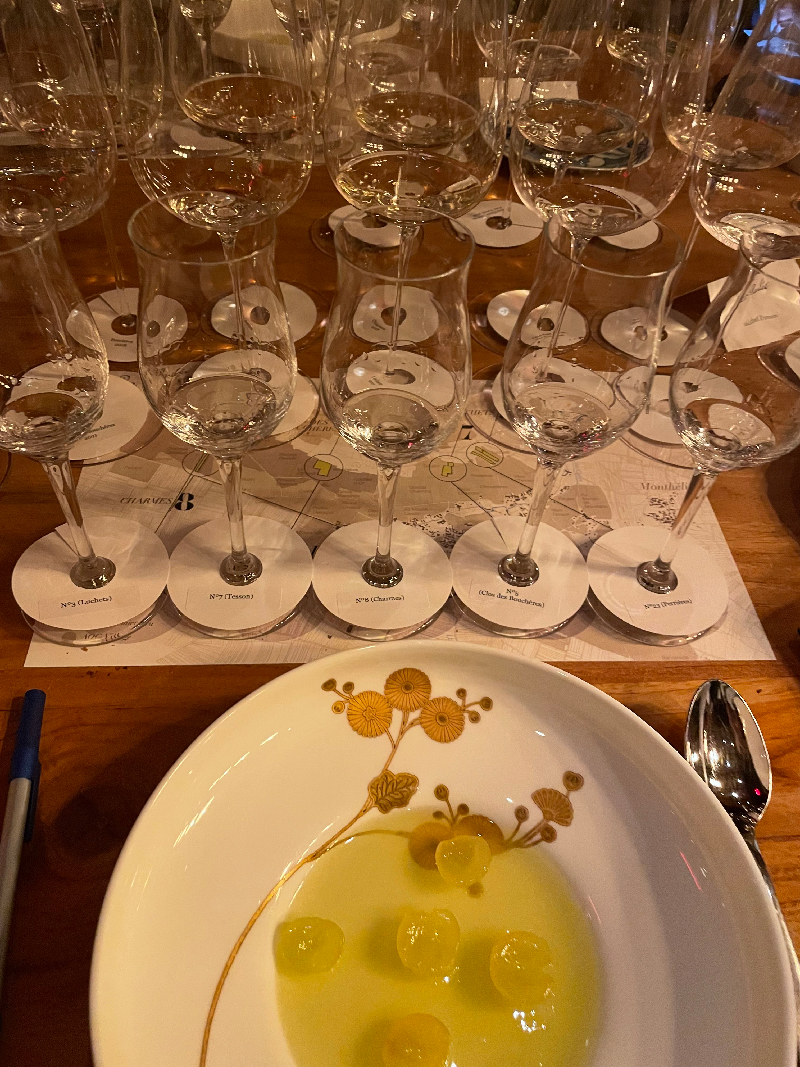
Eau de Vies!
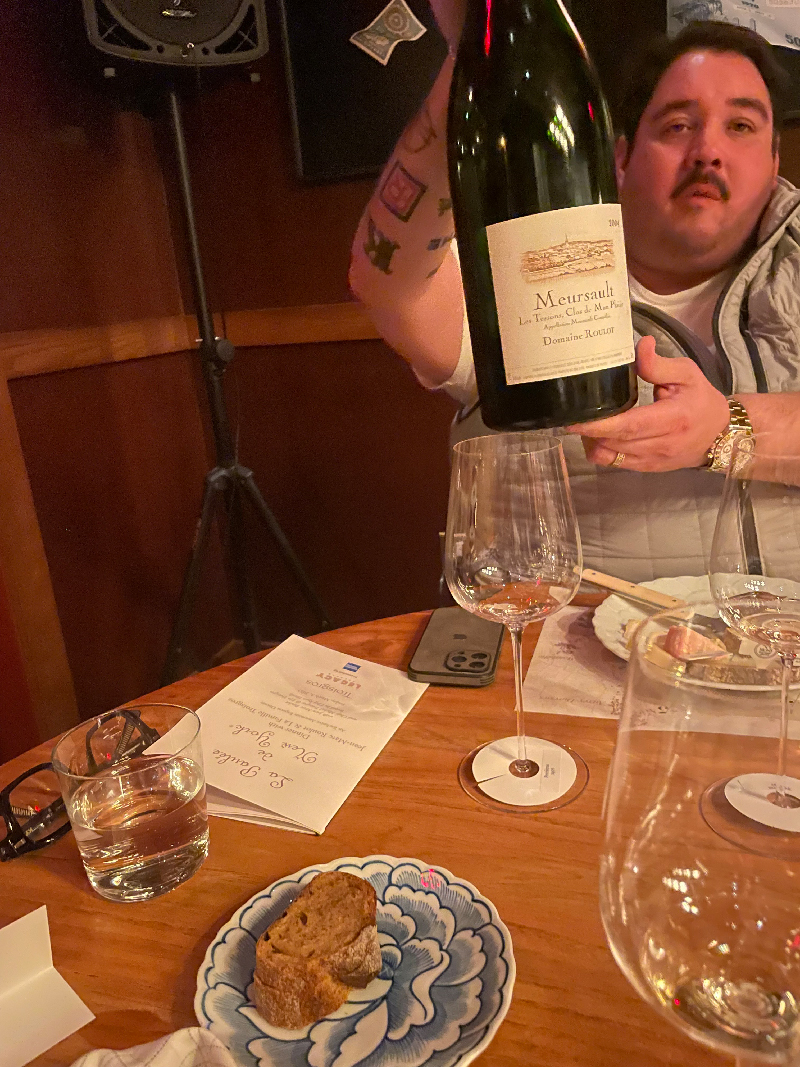
Big Boys Love Big Bottles
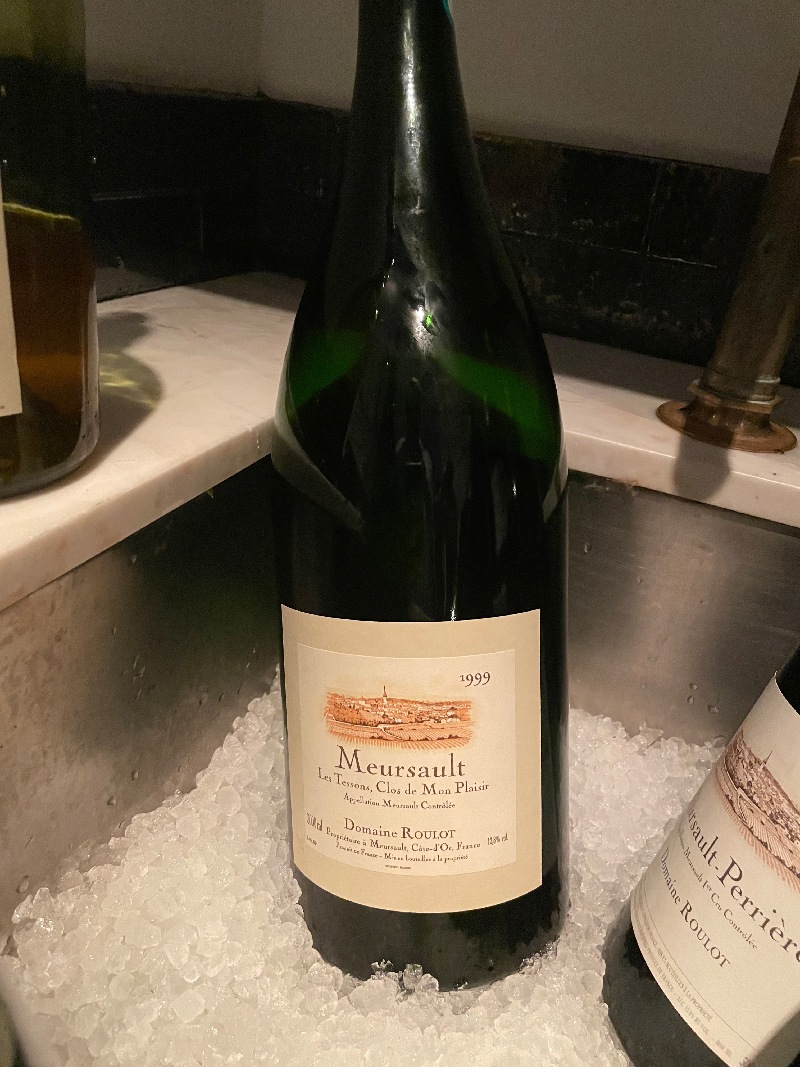
A Great Vintage
There was a special intermezzo, a new project from Jean-Marc. Roulot is also a world-class producer of spirits, mainly liqueurs but also now eau-de-vies! This was the debut of his ‘L’Espirit des Lieux,’ which refers to the spirit of the place, or terroir. We were served five different eau-de-vies, each from one of the vineyards we were drinking all night long. Exciting stuff! If I ever start doing spirits notes, I’ll let you know 😊
Enough of those magnums, we needed something bigger! Jeroboams, you say? Ok, deal! Everyone should know my propensity for large formats, and while it made a significant difference for all the magnums that preceded, it made even more of an impact for the even bigger Jeros. The first Jeroboam we had was the 2008 Tessons, Clos de Mon Plaisir, technically. This was a rich and hearty wine even though it was a little hot and yeasty. It was definitely gamey and a little more rock’n’roll, a fact that I attributed to the vintage for sure. 2008 is comparable to 2018 as well, certainly a sibling (93J).
The 2004 Tessons was cleaner and a beautiful ‘04. The fruit was pure and sensual, and its richness tickled my fancy. There was great acid to this long and delectable white. The Jeroboam factor really flexed its muscles here. For those of you that have given up on 2004 whites for being too old or risky, I would strongly urge you to reconsider (96J).
There one more Tessons, the 1999 Tessons. 1999 is a great, long-lived vintage for White Burgundy. This was another fabulous wine which had the vintage written all over it. There was an austerity here, a tightness that I wanted to unwind. It was tight and tough, but in a good way, I really wanted to spend the time to unwind it! And it was Jean-Marc’s favorite of the three. He hailed it as ‘classic, old White Burgundy,’ and he was right on the money. He would know after all lol (95+J).
Where do you go after three Jeroboams of Tessons? Four Jeroboams of Perrieres? Makes sense to me! The first of the quartet was the 2009 Perrieres. This was a sweet and candied wine, almost a bit sugary. It was also a little hot, chewy and not as great as the other Perrieres so far. It was still excellent, but a bit clumsy on its spiny finish. 2009 continues to slip down the ladder of vintage rankings, for both whites and reds. Well, maybe it was never there for the whites (94J).
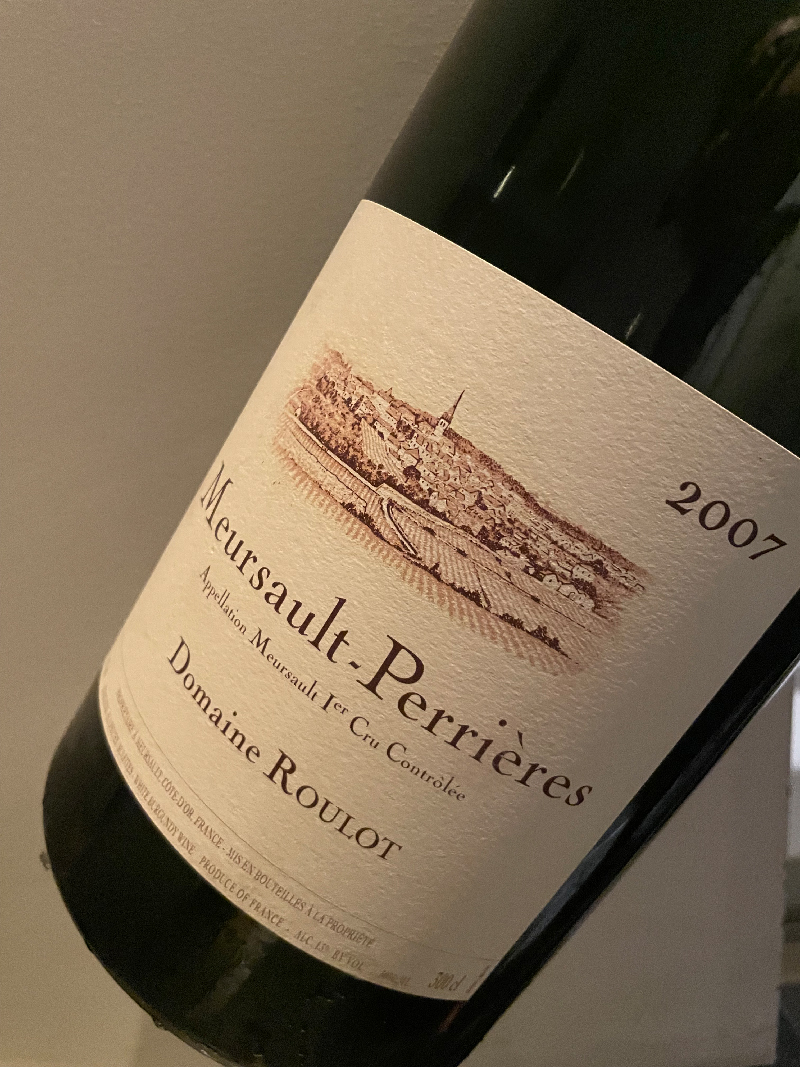
A Great Perrieres
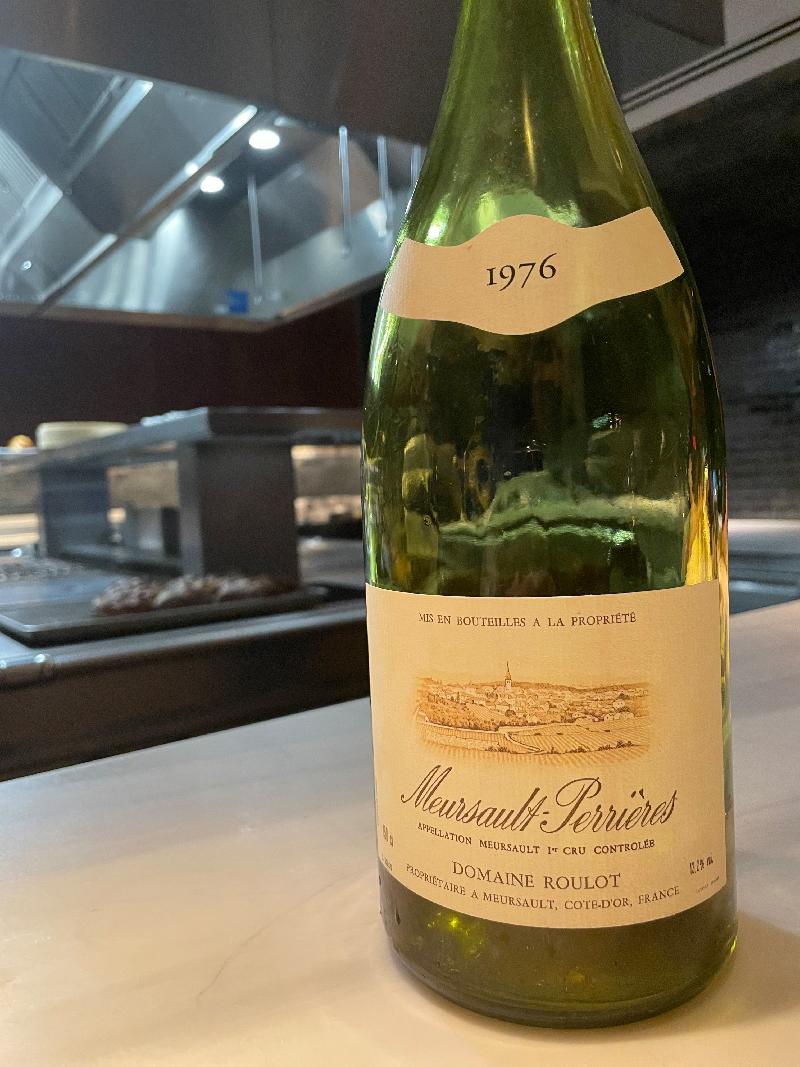
The Greatest Perrieres
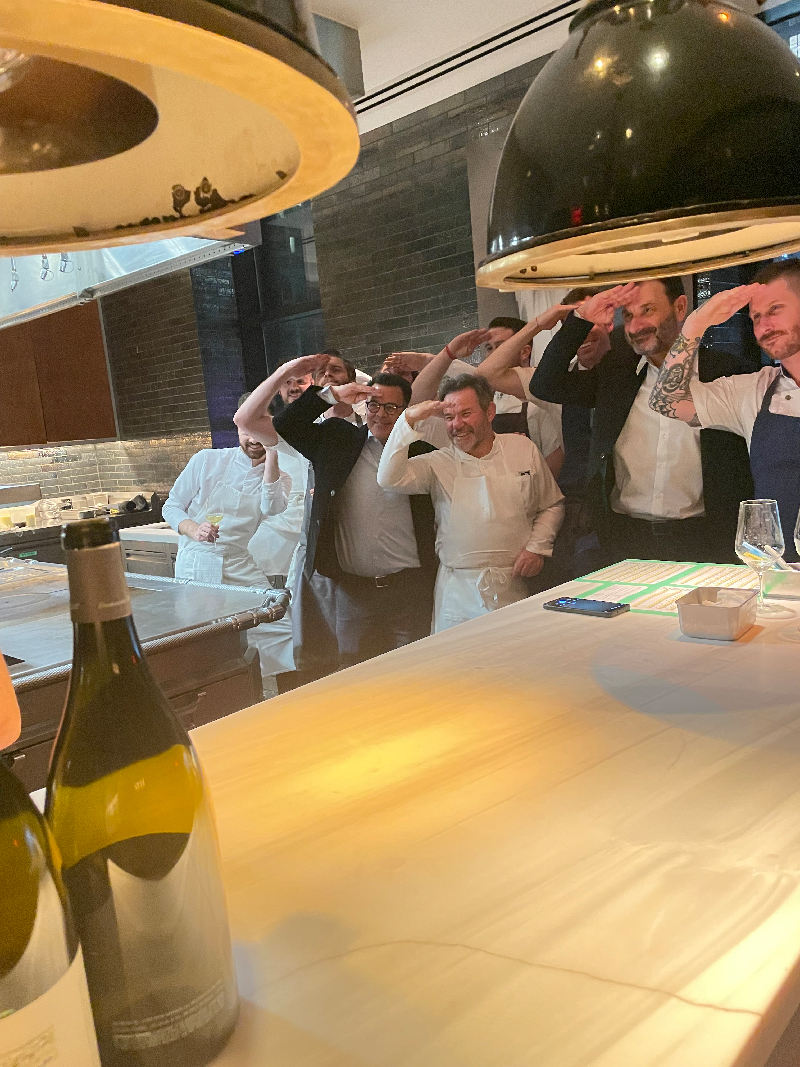
A Few Good Men
The 2007 Perrieres was singing and in a great spot. There was beautiful sweetness and freshness along with a candied kumquat and lychee goodness. There was a ‘much higher acidity level,’ according to Jean-Marc. ‘Many 2007s were harvested too early,’ he continued, but he waited one week longer, and it resulted in a wine of high ‘energy’ and perfect balance. There was a kiss of lime on its slaty finish (96J).
The 2000 Perrieres was also gorgeous. It was the most open of the Jeros so far and also sweeter in its personality. While the 2009 lifted with its sweetness, the 2000 landed the plane (94J).
While there was one more Jero to go, there were also two more magnums, the first being a1996 Perrieres. It was a touch musty but still so solid. The mustiness blew off with a little extra swirling, and it revealed a wine that was creamy and thick. This was a classic and on a perfect plateau, but I think it’s there. 1996 is a heralded vintage for white wine, but there is no reason to defer its pleasure. Its acidity still tingled in a caressing way (97M).
It was back to the Jero, a Jero of 1992 Perrieres. 1992 is well-known as a botrytis vintage, and it was incredibly tropical and exotic accordingly. It was the sweetest of the night; the botrytis showed up in starry fashion, along with lots of smoky mango qualities. Even though it was out of a Jero, the 1992 felt like it was a touch past its prime, though (92J).
There was one more wine on this incredible evening, and it would end the night in incredible fashion. The first vintage of any wine is always a thrill, and the 1976 Roulot Meursault Perrieres did not disappoint out of magnum. ‘Wow!’ was the first word out of my pen. ‘Incredible’ followed, along with young, fresh and a whipsaw finish. So rich, so great, so honeyed, I continued, so wow! Yes it was that time of the night when ‘bam’ and ‘kapow’ start showing up instead of citrus and forest lol. This was a honey biscuit of a wine, with perfect balance, zip and meat. It is a white wine that I will never forget (99M).
Bravo Jean-Marc! Bravo Famille Trosgros for a superb meal by the way! Bravo Daniel and Raj! And Bravo La Paulée! See you in LA!
FIN

